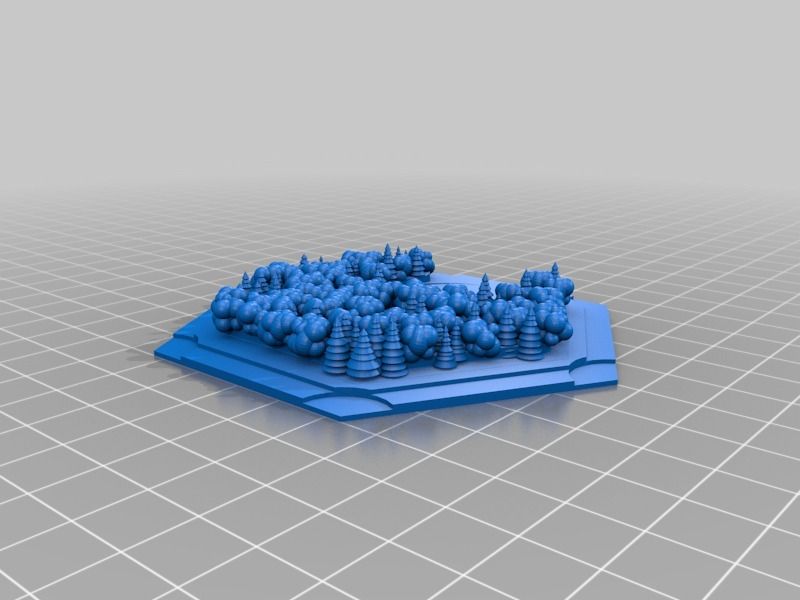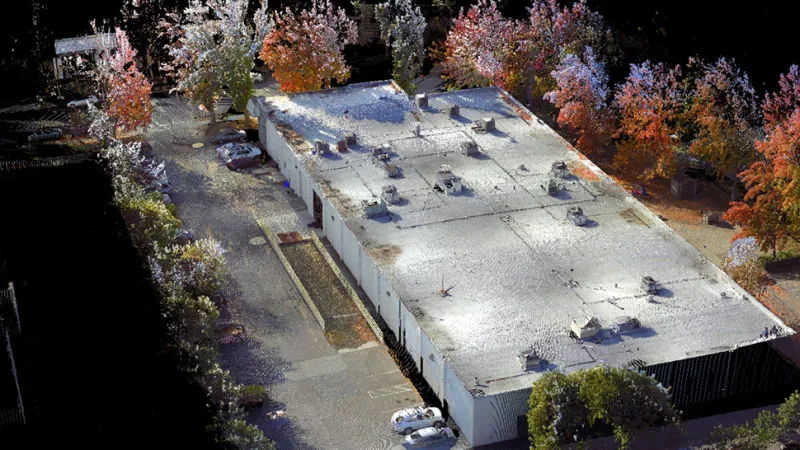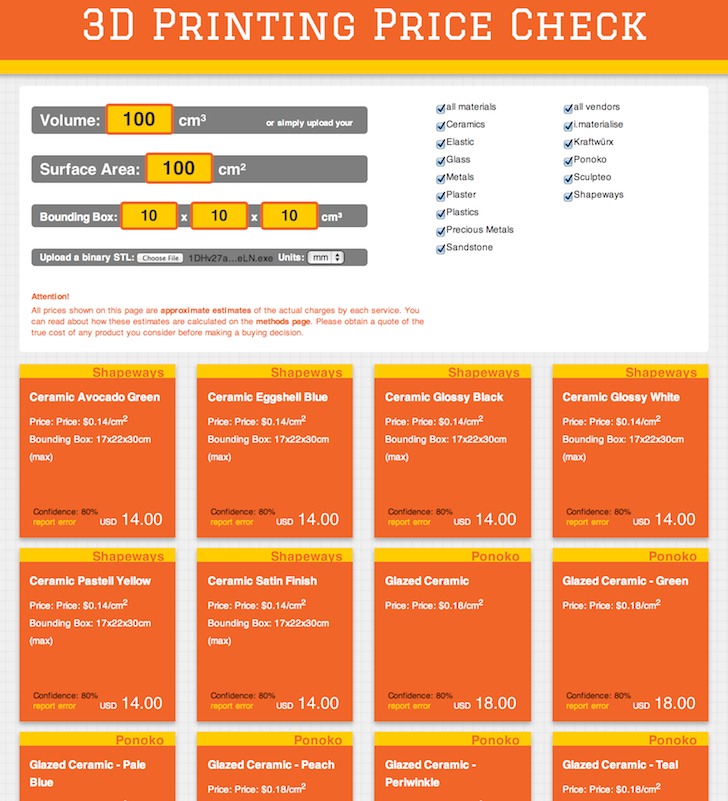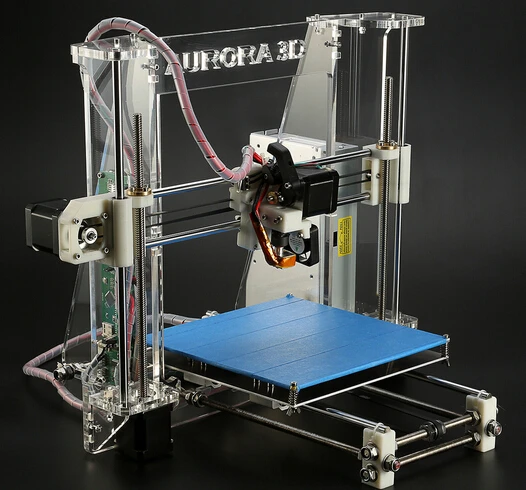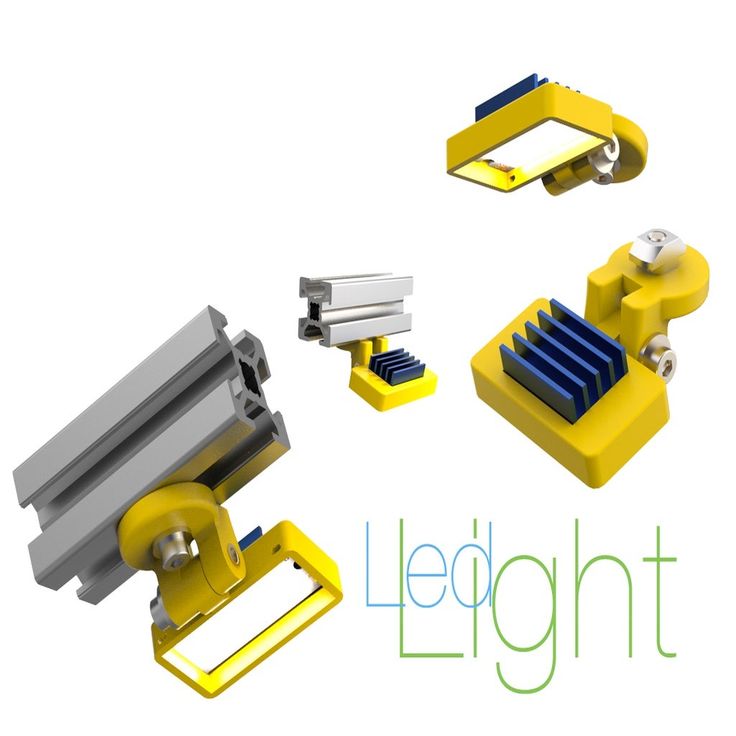3D print shells
What are the optimal shell and infill parameters for FDM 3D printing?
How do shell and infill properties impact the performance and cost of FDM 3D printing? It turns out these parameters have more of an effect than you may realize, so learning to optimize these features will improve the performance of your FDM custom parts while reducing manufacturing costs.
The majority of FDM 3D-printed parts are not printed solid. Printing solid parts requires high amounts of material and longer print times, resulting in high costs. To optimize the printing process most parts are printed with solid shells and filled with infill. Shells and infill play an important role on the quality, appearance and function of FDM printed parts.
This article will discuss the difference between shells and infill and how shells and infill can be employed to optimize a design. To level up your design skills for 3D printing, check out this comprehensive one-pager with all of Hubs' top design rules .
What are the major components of an FDM 3D print?
A standard FDM print can be broken down into 4 sections: shells, bottom layers, top layers and infill.
-
Shells: The walls of the print that are exposed to the outside of the model
-
Bottom layers (a type of shell): The part of the print that is exposed to the outside of the model, facing the build plate
-
Top layers (a type of shell): The parts of the print that is exposed to the outside of the model, facing upwards, towards the nozzle. Typically this surface will have the best surface finish
-
Infill: The internal structure of the print
The parameters of these sections can each be altered to optimize a design.
These are the four sections of an FDM print that designers can alter if need be.What are shells in FDM 3D printing?
Shells are the number of layers on the outside of a print.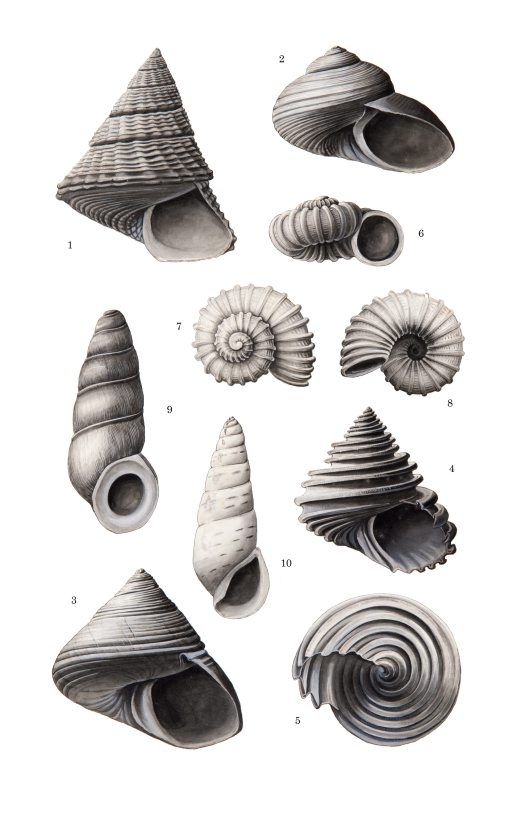 For FDM printing, shells are always the first areas to be printed per layer. Let’s unpack several key design considerations for optimizing shells.
For FDM printing, shells are always the first areas to be printed per layer. Let’s unpack several key design considerations for optimizing shells.
-
Strength can be added by increasing the shell thickness. This allows for a slightly more robust print without having to increase the amount of material used for infill. Most slicer programs allow shell thickness to be adjusted even allowing areas of high stress to be customized with a high shell density offering localized areas of high strength.
-
If you plan on finishing a print by using sanding or chemical smoothing, increasing shell thickness is often necessary. This is because post-processing methods reduce the thickness of the surface of the model.
-
Any increase in the number of shells also increases the amount of time and material required to print the model. This will augment the overall cost of your custom parts.
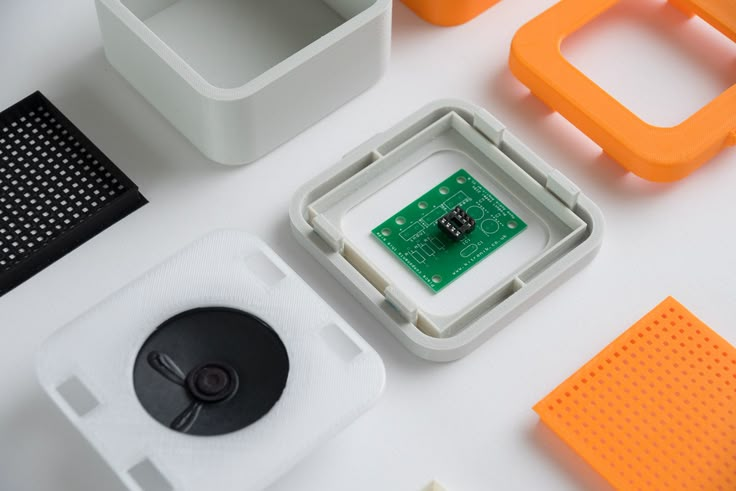
Shells typically consist of a specified number of nozzle diameters. It’s always good to design shells with multiple nozzle diameters to prevent forming voids in the print. Most shells are printed with a thickness of 2 nozzle diameters (usually this corresponds to 0.8 mm).
Designing walls with multiple nozzle diameters eliminate spacing in wall features, which makes your custom parts stronger.
What is infill for FDM 3D printing?
Objects printed with prototyping FDM technology are rarely completely solid. Typically, the inside of an FDM print is composed of infill, which have varying structures and shapes that can affect the print time, weight, strength and flexibility of 3D-printed components.
By default, most FDM slicer programs will produce parts with 18% to 20% infill, which is perfectly adequate for most 3D printing applications (using FDM). This infill percentage generally allows for faster and more affordable print runs.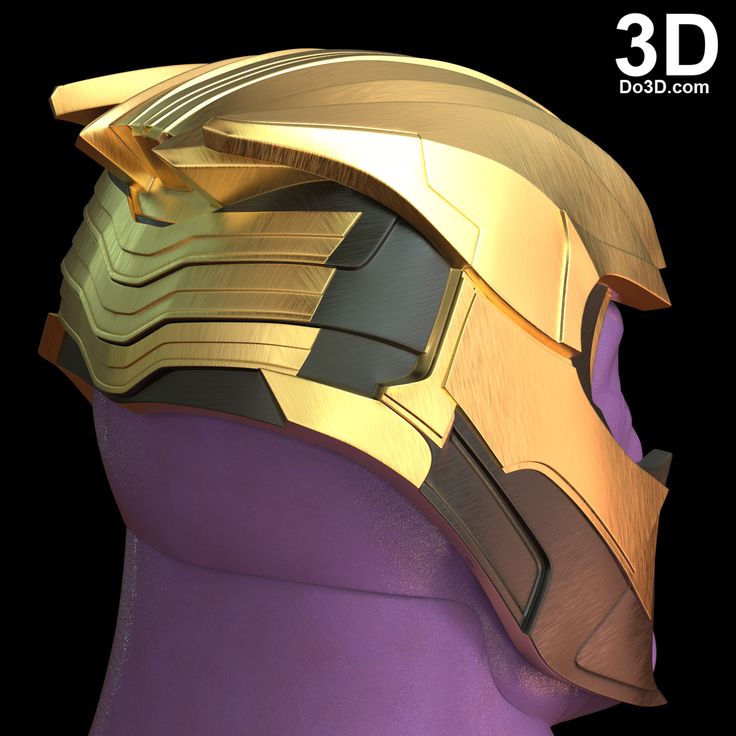
Infill percentage
The strength of a design is directly related to a 3D-printed part’s infill percentage. A part with 50% infill compared to 25% is typically 25% stronger while a shift from 50% to 75% increases part strength by around 10%.
Infill percentages for FDM 3D printing can range from 18% and 20% (left) to 50% (middle) and 75% (right).Understanding the application of a final printed part allows a designer to specify the optimal infill percentage. A prototype where the form is important can be printed with very low infill, which results in significant cost and time savings, whereas a bracket that will experience loading will need a higher infill percentage.
As mentioned above, the standard 18% to 20% that most FDM printers use as a default should be acceptable for most applications, though feel free to speak with a Hubs engineer for other potentially more robust infill options.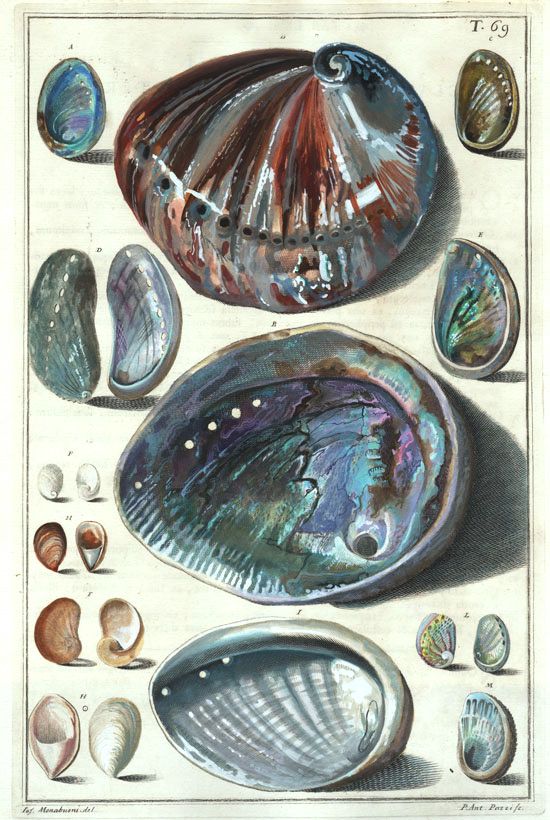
Feature strength
Infill also plays a critical role in how extended/protruding features are connected to a model. Snap-fit connections are a good example of this. The base of a snap-fit connection is often a weak point.
With a low infill density (20%), the cantilever is much more likely to break as the short extruded clip is only connected to the body of the print by a small cross-sectional area. Increasing the infill percentage means that more of the body of the print is connected to the cantilever, thereby increasing the strength of this connection.
Inspect these two broken snap-fit connectors. The white one has 20% infill and the grey one has 100% infill. The higher infill percentage results in a much stronger connection to the body of the print.Screwing, tapping or bolting
An important factor to remember when choosing the infill percentage of your 3D-printed parts is whether you’ll need to drill holes or place screws into the component.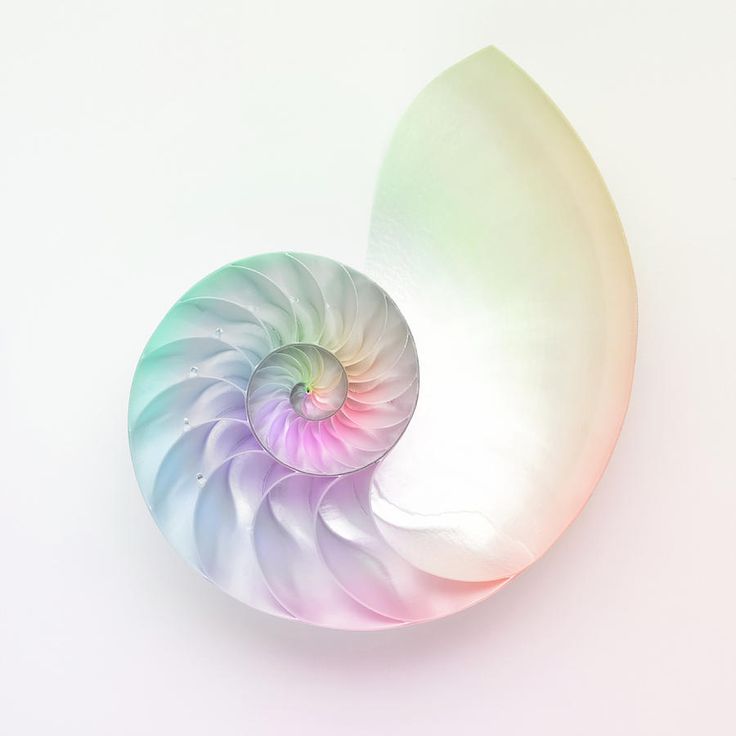
Consider a print with low infill that is going to be drilled and then screwed to another surface. Often the drill holes will go through the top and bottom layers of the print and miss the infill of the model, creating a very weak connection. For these applications, a higher infill is desirable (50% minimum).
Connections that utilize clearance holes and bolts are better suited to parts with a low infill percentage. The shells, walls, and infill offer good compressive strength providing better anchoring of the part.
Compare these three illustrations. A represents poor anchoring for a screw. B shows that increased infill allows for better anchoring. C shows that increasing the outer shell is a cheaper solution and offers improved anchoring.Infill geometry
For a standard FDM print, the machine will add the infill structure as an angled hatch or a honeycomb shape. Let's look at the four most common infill geometries and their optimal uses.
Rectangular - This is the standard infill pattern for FDM 3D prints. It's strong in all directions and is reasonably fast to print, and requires the printer to do the least amount of bridging across the infill pattern.
Triangular or diagonal - This geometry is used when strength is needed in the direction of the walls. Triangles take a little longer to print.
Wiggle - This geometry allows the model to twist or compress, as well as be softer. It can be a good choice, particularly with a soft rubbery material or softer nylon.
Honeycomb - This is one of the more popular infills. It's quick to print and is very strong, providing strength in all directions.
New to 3D printing or need a comprehensive refresher?
Get our guide to 3D printing
What are the best practices for setting shell and infill parameters?
Designing parts for FDM 3D printing involves a lot of steps, and it's easy to forget certain factors and features.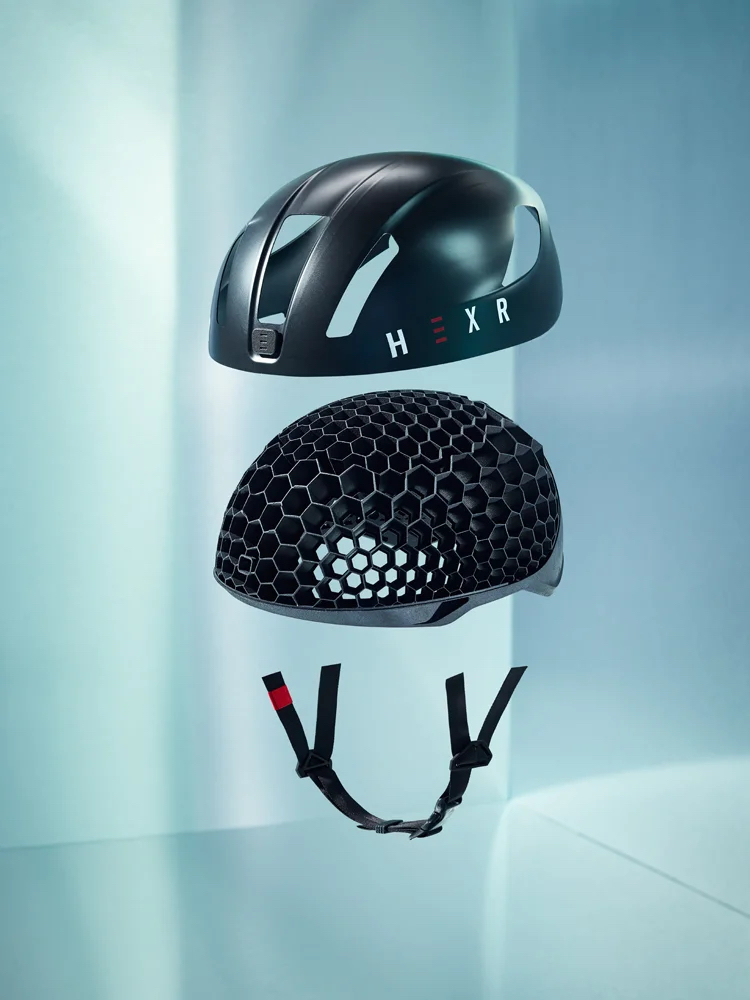 Choosing the right infill percentages and geometries, and optimizing the use of shells, will definitely improve how your custom parts turn out.
Choosing the right infill percentages and geometries, and optimizing the use of shells, will definitely improve how your custom parts turn out.
-
Remember to take into account the application of the parts you're sourcing. This will affect the shell thickness and infill percentage you need to set. Increases in shell thickness and infill percentages lead to higher strength but also longer print times and augmented costs.
-
Design shells with multiple nozzle diameters.
-
If you need to place screws in a part, increase the shell thickness or infill percentage to improve anchoring. If this isn't feasible (or possible), consider using clearance holes and bolting with washers.
-
For cheaper rapid prints, rectangular infill is optimal thanks to its swifter print speed. Honeycomb or triangular infills boost part strength compared to rectangular geometries, so use either of these two if higher strength is critical to your part's functionality.
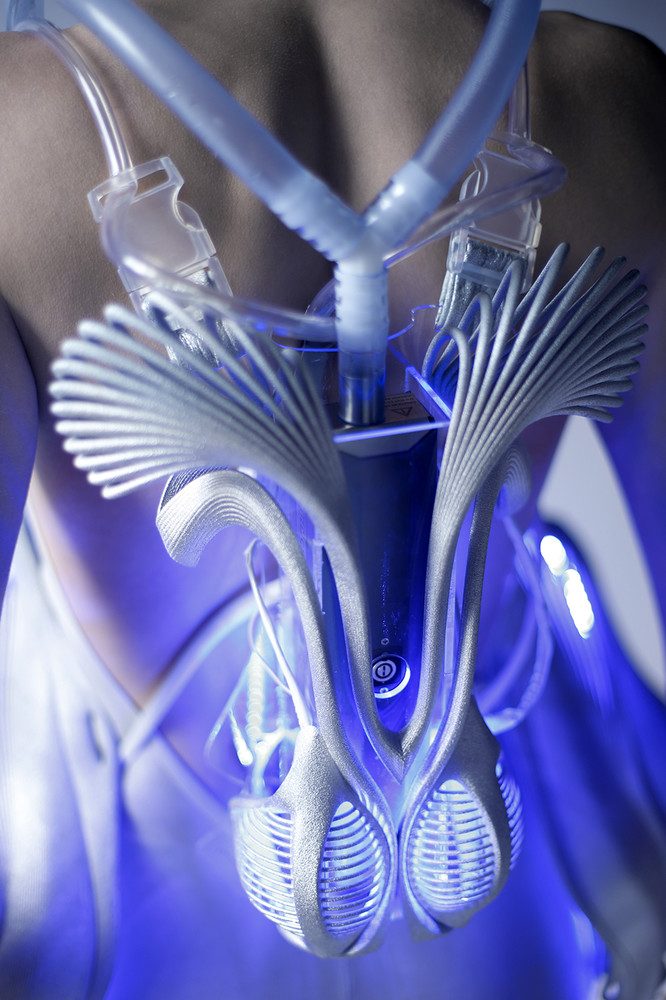
Curious about the cost of FDM 3D printing?
Our online FDM 3D printing service Upload a CAD file for a free, instant quote
Ready to transform your CAD file into a custom part? Upload your designs for a free, instant quote.
Get an instant quoteWhat are 3D printing shells and infills?
Category Engineering
Additive manufacturing is slowly gaining prominence in the manufacturing sector, thanks to the invention of commercialized 3D printers. The usage of 3D printers in industrial manufacturing has certainly made greater progress towards smart and efficient manufacturing.
Generally, FDM printing operation 3D printers won’t print the part as a whole solid. Printing solid parts as a whole is time-consuming and at the same time costs more. On closely taking a look at the printing process, have you ever wondered what are those patterns and the borders that the printer makes before printing the part?
FDM 3D printing operations don’t print the part as a whole solid rather print in sections of layers.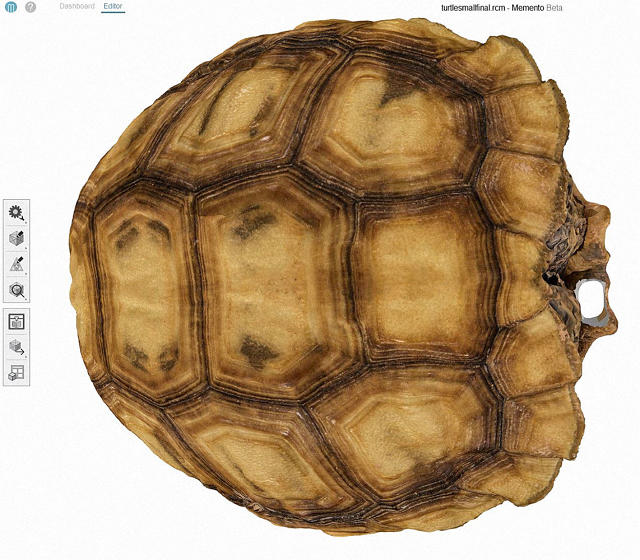 By doing so, the print speed is increased and the material wastages are reduced without compensating for the mechanical strength of the end product. So, what are these layers? Let’s find them out.
By doing so, the print speed is increased and the material wastages are reduced without compensating for the mechanical strength of the end product. So, what are these layers? Let’s find them out.
3D Print Sections
In FDM printing, the print is done sequentially in four different sections. To begin with, the printer doesn’t start printing the part directly as it is placed on the slicing software. In fact in the slicing software, after slicing the model, you can notice the layer division indicated by various colors.
The first section of the 3D print is the shell. Shells are the walls of the print, which is printed as a boundary parameter. They are print parameters that help in determining the perimeter of the print. In layman's terms, shells are outlines that define the shape of the layer, which is done per pass of the print.
Shells are again divided into two sections namely the bottom layer and the top layer. The bottom layer is the print layer that is printed facing the printing build plate.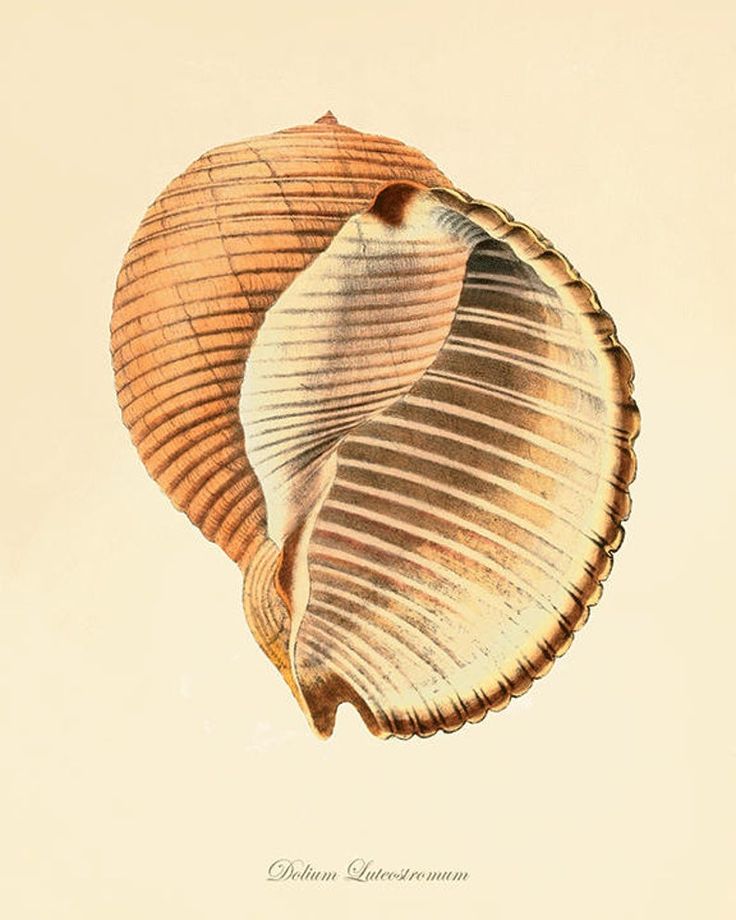 This is the initial layer done for the printing process. The top layer is the topmost or the final layer of the print, that is printed facing the nozzle.
This is the initial layer done for the printing process. The top layer is the topmost or the final layer of the print, that is printed facing the nozzle.
What confides between the shells, the bottom layer, and the top layer are the infills. Infills are the internal structure of the print that helps in increasing the mechanical stability of the printed part. Infil patters are crucial for every p[rint as it directly determines the strength of the part. Infills are generally done in honeycomb structure in the case of FDM prints, but it is easily customizable according to our needs and requirements.
Let us now take a deeper look at what are shells and infills and how it can determine the strength of the object along with the preset that is being followed in common FDM printers.
Shells
As discussed earlier, shells are outside the border or the perimeter of every layer. Shells determine the number of layers printed for a part and are the first to be printed on a layer. Shell dimensions are heavily dependant on the model boundary constraints and dimensions, which indeed determine the quality of the print.
Shell dimensions are heavily dependant on the model boundary constraints and dimensions, which indeed determine the quality of the print.
Shell thickness arguably varies in proportion to the layer height. Greater the layer heigh, the greater the shell thickness. Having a thick shell protects the infill well and provides good support to the structures, however printing a thick shell has its drawbacks.
Shells are required to be high in thickness when it comes to SLA and SLS printing due to the post-processing technique, where the surface thickness is reduced. Shells are needed to be at least in the standard thickness levels so that the strength of the component isn’t compensated.
If the shell thickness is increased over its specified range for a part, there are high chances that shells might get printed as a solid block, which is completely out of the specified interior dimensions. But when you’re creating a part that focused on interior finesse, how will you obtain the finish without compensating for its strength? For these purposes, 3D printers use something called infills.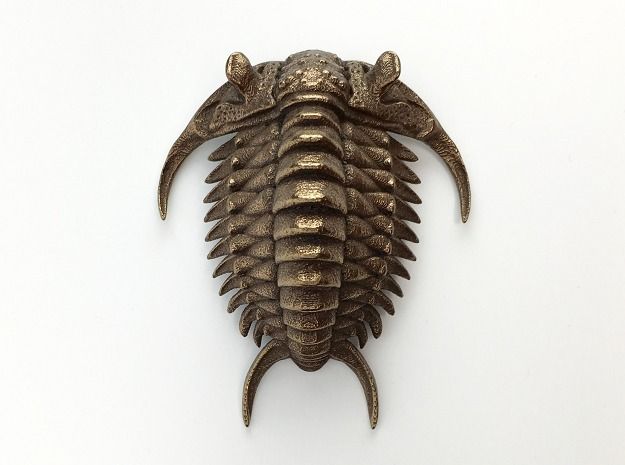 Let us discuss infills in detail.
Let us discuss infills in detail.
Infills
Infills are the print material that is used to print support structure in the interior of the object to increase its mechanical strength. Infills directly correspond to the density of the objects as it fills the voids in shells of the object. Infills are generally spoken in terms of volume density percentage. The greater the infills percentile, the greater the mechanical stability and strength of the part, the greater the time it takes to print.
It is quite essential to maintain a considerable level of infill percentile for a fully functioning mechanical part since the part requires strength to withstand a considerable amount of stress and strains. The best case is to opt for an infill percentage between 25%-80% for fully functioning parts, as it requires greater durability than light and test parts.
The infill percentage plays a crucial part in determining the drilling and screwing of printed parts. A printed part with less infill percentile will have a lesser number of inter filling spaces, thus having large gaps in between, which is not suitable enough to get hold of the bolt tightly.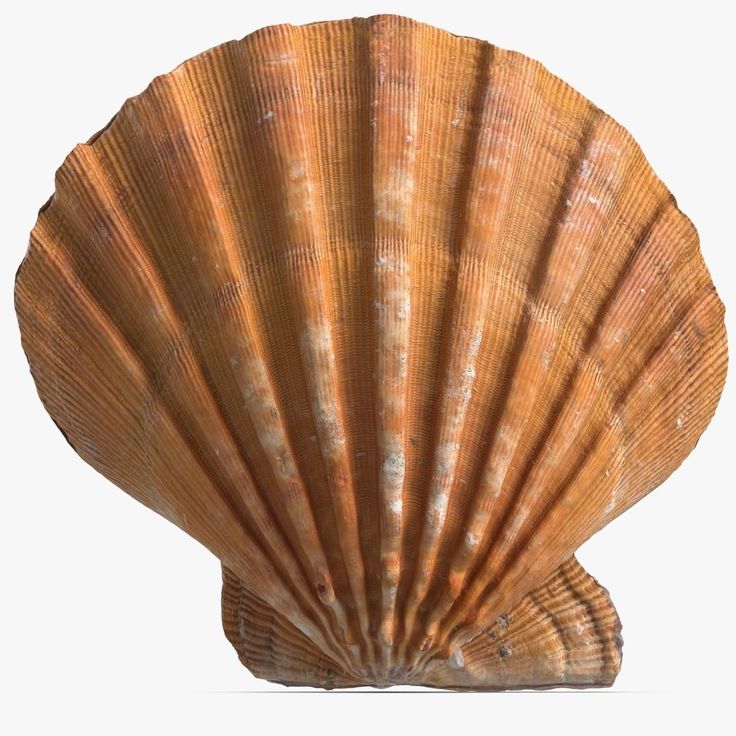 So, it is necessary to understand the usage of proper infill percentage in the case of screwing and bolting operations.
So, it is necessary to understand the usage of proper infill percentage in the case of screwing and bolting operations.
Infill Patterns
Generally, the infill pattern for FDM printers will be of modular hexagonal, honeycomb-like structure. However, the pattern isn’t fixed and can be altered. The popular infill patterns used in some of the 3D printers include Rectangular pattern, a triangular pattern, wiggle patterns, and the standard honeycomb pattern.
The rectangular pattern is one of the simpler patterns to print using FDM printers. This pattern focuses on applying equal strength throughout the shell, thus making the part durable. The rectangular pattern doesn’t require any sort of additional infill bridging.
The triangular pattern is deployed whenever the strength is required towards the shells of the part. This pattern is used to distribute the stress towards the walls, thus making the print bit vulnerable in the middle portions. Triangular infill pattern often consumes high print time due to the shape complexity.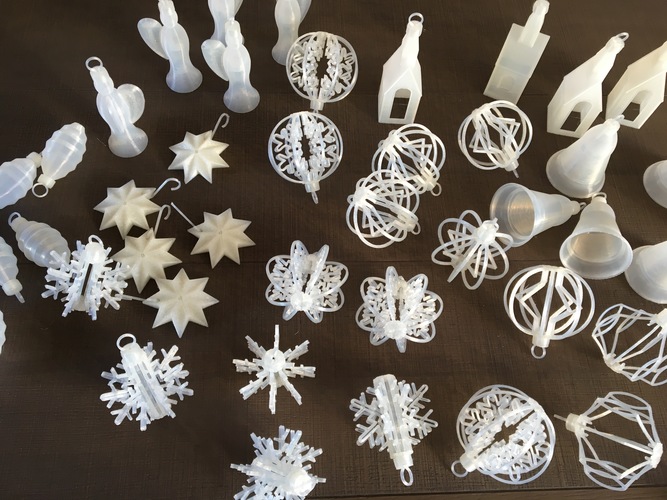
The wiggle pattern is, however, slightly different from the conventional shaped patterns. The wiggle pattern is generally deployed, when the model is needed to be compressed a little and soft. This pattern allows the model to be flexible and twist when a twisting force is applied on the surface without any breakage. This pattern also requires higher print time than the other above-mentioned methods.
The standard honeycomb pattern or the hexagonal pattern is one of the most used techniques in the latest version of FDM printers. The honeycomb pattern possesses similar characteristics to that of rectangular infill pattern and offers more robustness to the end product. It is easier to print and takes a lesser estimate print time.
Now, that we know what are shells and infills, is there a way to customize the dynamics on our own? If so, how can we do that? To answer this, let us understand more about the setting we require for shell and infill modification.
Shell Settings
Shell settings can be altered using the slicing software, which is used to convert the CAD model into defined G-codes based on which the printer operations are commenced.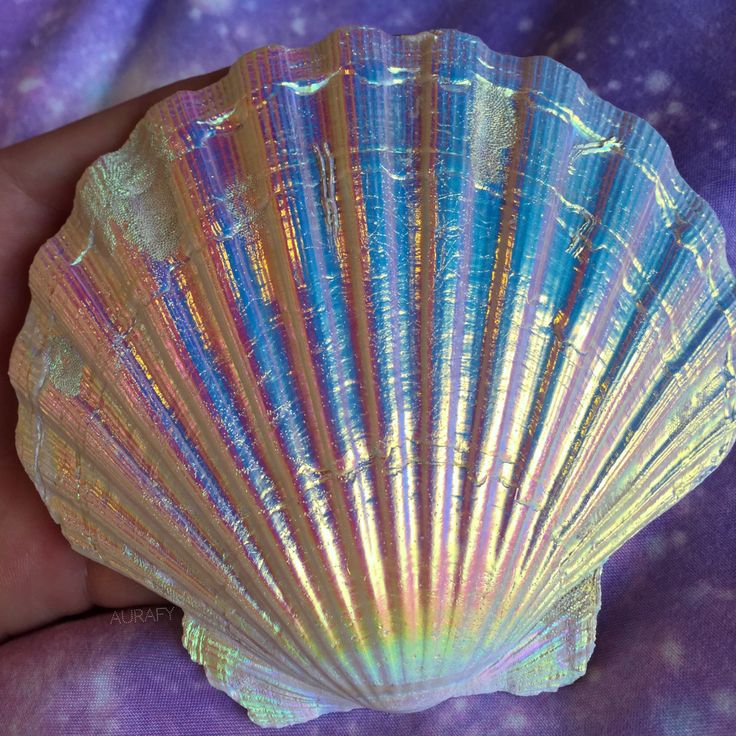 Now, there are some nuances of shells that we need to understand before we alter the settings that suit our model the best.
Now, there are some nuances of shells that we need to understand before we alter the settings that suit our model the best.
First and foremost, the shell thickness can be kept a little higher than the required amount, which provides greater mechanical strength and robustness to the product. If your part is said to be directly deployed in a mechanism, it is highly advised to give a few additional mm of thickness, so that the part can withstand the load quite comfortably. It is advisable to keep shell thickness as a multiple of nozzle diameter for easy configuration.
Another advantage of additional shell thickness is that the mechanical strength of the product won’t be compensated especially during post-manufacturing processing. Post-manufacturing processing is used to obtain a good surface finish. Rubbing a layer of the part using sandpaper can cause some layer disturbances, which will take a hit on the durability of the product. So it is better safe to opt for the additional layer thickness.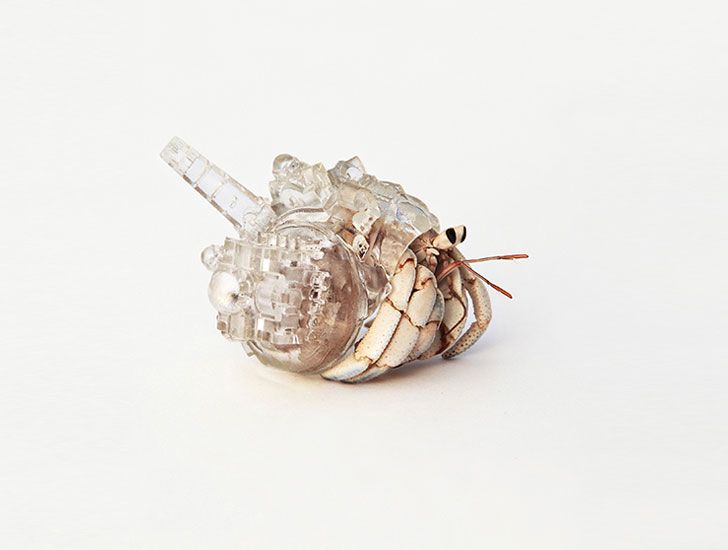
Coming to the setup part, you can increase the number of shells or shell thickness in the custom settings of your slicer software. There you can find a print setup, where you have options to change the metric of wall thickness, base thickness, and Top thickness. Consider your model and provide changes accordingly.
Now, it is a Himalayan task to achieve perfection in terms of setting up perfect shell thickness levels and the number of shells. If you’re inexperienced in this, you can approach online 3D printing services platforms, to get your print done as you expect it to be. There are quite a lot in the market, and it is highly advised to opt for professional ones rather than individuals.
Makenica is one of the top 3D printing online service platforms that offer top-notch 3D printing services at affordable rates. One of the most trusted organizations in the country, Makenica has tied up with Seimens, Mercedes Benz, and much more globally recognized clients.
You can get an industrial standard 3D print with highly qualified professionals helping you to get your customized shell and infill levels for your design starting from rs.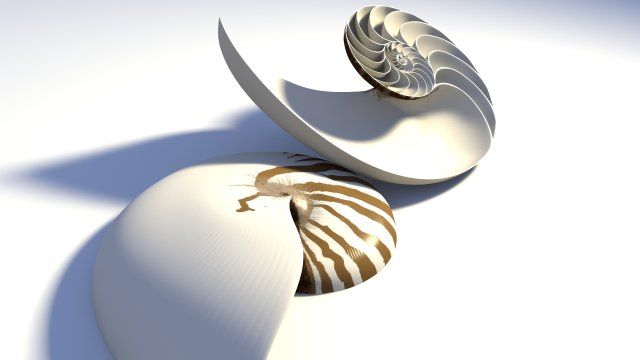 8/gram, which sounds affordable in the given market scenario. Check them out for more information.
8/gram, which sounds affordable in the given market scenario. Check them out for more information.
Infill settings:
Similar to that of shell settings, infills can also be modified using the slicing software used for the particular printer. Infill setting also has some pre-requisites that are needed to be applied while configuring the numbers in the slicing software.
The user or the technician must have a clear understanding of what type of product he needs in terms of strength, flexibility, and durability. For more durable prints, technicians should opt for a high infill percentile with either a standard infill pattern or a rectangular infill pattern, which provides greater stability to the product.
Low infill percentage can be given for selective layers where you don’t require much mechanical strength such as top layers and outer surfaces. This can save material and hence reduce significant print time.
In standard slicing software, you can find infill setup under the custom settings.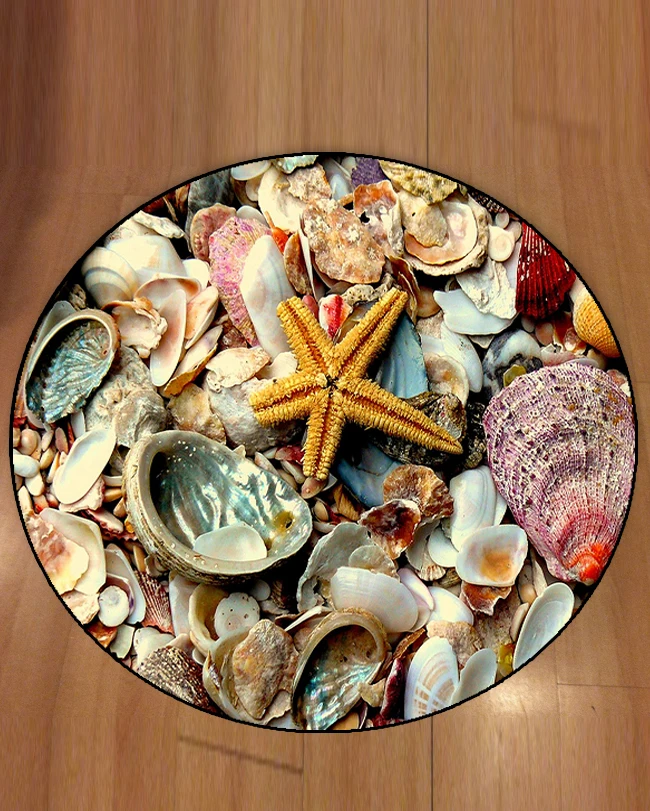 Here, you can alter the infill pattern, infill line distance, infill overlapping, infill thickness, and infill wipe distance. It is quite difficult for beginners to get the insights of these settings, but with experience, it can be easily controlled and configured.
Here, you can alter the infill pattern, infill line distance, infill overlapping, infill thickness, and infill wipe distance. It is quite difficult for beginners to get the insights of these settings, but with experience, it can be easily controlled and configured.
How Shells and Infills affect product finish?
Shells and Infills are important aspects of a 3D print. Shells and infills define the mechanical stability of the part and the durability of the part when stress or strain is applied to it in a live mechanism.
One of the major drawbacks of additive manufacturing is slow manufacturing time. 3D printers have not yet attained their fullest potential, which makes them constantly evolving. However, you can alter your print time by customizing your settings according to the product configurations.
Setting higher shell thickness and infill density at selective layers that are prone to continuous stress and modifying the rest with the lesser density of infill and shell thickness will considerably reduce the print time and also contribute to high-efficiency manufacturing.
Altering infill density at multiple levels can improve product finish in terms of finesse. Manually we can trim down heavy edges and vertices and provide much lighter infill density that can procure sharp edges and vertices.
The altering process requires a lot of work as the user is required to scale through every layer and apply the settings, which is time consuming but is deemed to be the most efficient method to date.
As the world is progressing towards the pinnacle of technical development, we can soon expect printing software that enables the user to scale through the layers and apply multiple gradient infills and multiple densities infill automatically based on the design. We are not far from the proposed technology as several research works are going behind the screens of reality. All we require is patience to slowly adopt the pathway technology leads us.
Eco-friendly use of 3D printers in the home and industry
Vegetarianism, electric cars, green energy. Increasingly, people are beginning to think about the destructive impact of humanity and production on nature.
Increasingly, people are beginning to think about the destructive impact of humanity and production on nature.
Global warming (this is especially noticeable in the last decade), pollution of the world's oceans, garbage dumps, the extinction of some animal species or even entire ecosystems. If you do not start to fight this today, then in a hundred years, hardly anything will remain of the former natural greatness. nine0003
3D printing, due to its versatility, helps many scientists and enthusiasts in various fields in solving large and global problems, for the conservation and ecosystems of our still green planet.
Sustainable production
First of all, 3D printers help to make production more environmentally friendly. Using 3D printing instead of traditional manufacturing methods helps reduce waste and greenhouse gas emissions. nine0003
Air Emission Reduction
Smoke, garbage, gases, toxic fumes are frequent "companions" of traditional production methods.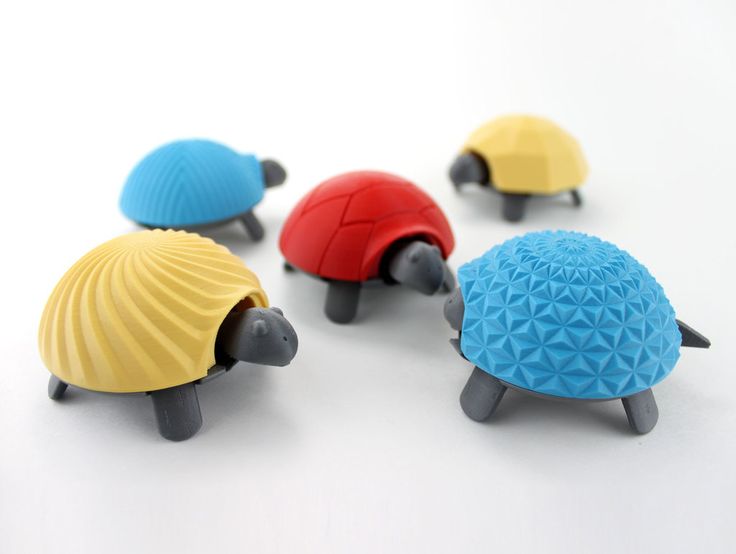 However, they can be significantly reduced or completely eliminated if a 3D printer is working in the workplace or at home.
However, they can be significantly reduced or completely eliminated if a 3D printer is working in the workplace or at home.
Mass production vs. 3D printing
At first glance, it seems that mass production is less harmful to nature than piece-by-piece production on a 3D printer. But it turned out that this is not entirely true. Joshua Pierce and colleagues traced the life cycle of three household items - an orange juicer, parts from a children's designer and a drainpipe segment. nine0003
Joshua Pierce, Michigan Technological University Scientist USA
It turned out that the production of, at first glance, such ordinary household items consumes a huge amount of resources - the extraction of raw materials and their processing, production, storage and delivery to the final consumer. In mass production, stamping or casting is usually used, after which plastic scraps are sure to remain.
3D printing can significantly reduce the production chain, and consequently, energy costs (by about 40-60%).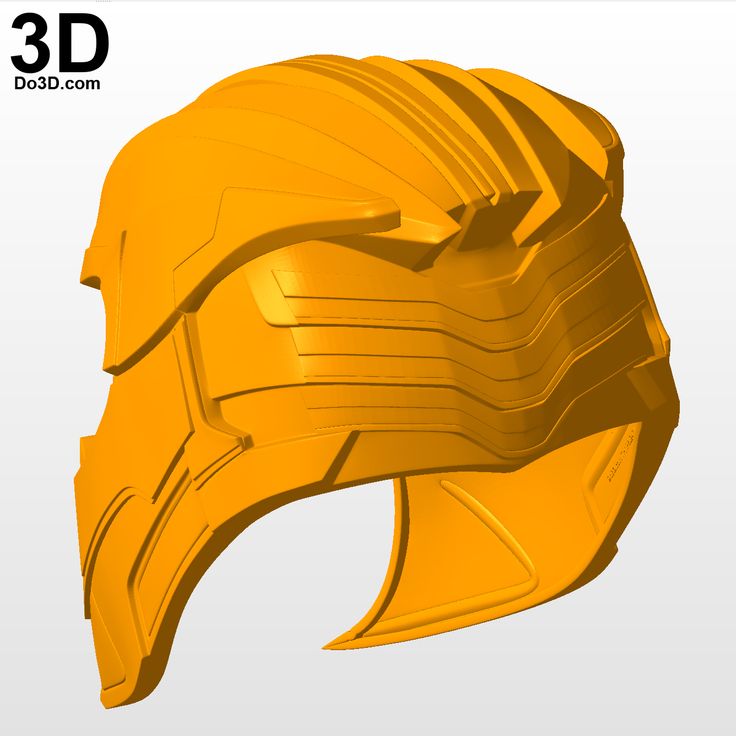 After all, 3D printing (provided that the client has his own printer) does not require delivery - it is enough to send a digital 3D model. Printing can be more accurate and leave less plastic waste behind. A 3D printer can even produce hollow or lattice parts that are technically impossible to mass-produce by injection molding or moulding. nine0003
After all, 3D printing (provided that the client has his own printer) does not require delivery - it is enough to send a digital 3D model. Printing can be more accurate and leave less plastic waste behind. A 3D printer can even produce hollow or lattice parts that are technically impossible to mass-produce by injection molding or moulding. nine0003
Reduced fuel consumption
In the world, more and more manufacturers of cars and motorcycles are beginning to develop the direction of electric motors. There are new and more affordable electric vehicles, the infrastructure for the maintenance of electrical engineering is developing. Many countries set themselves the goal of reducing the use of fossil fuels as much as possible in the near future.
Strati 3D printed electric car
But unfortunately, abandoning fossil fuels in the next few decades is a utopia. But 3D printing is already helping to at least reduce the amount of fuel consumed.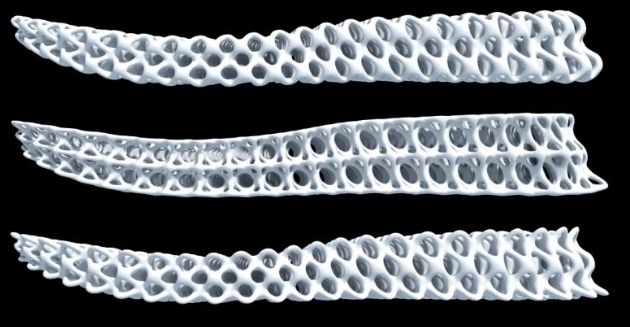 This is achieved due to the maximum lightening of the weight of both the machine itself and the mechanical components of the internal combustion engine (internal combustion engine).
This is achieved due to the maximum lightening of the weight of both the machine itself and the mechanical components of the internal combustion engine (internal combustion engine).
Engine hood hinge, 3D printed on the left and sheet metal on the right
Sustainable production
3D printing helps not only to reduce industrial emissions into the atmosphere, but also helps to find and implement new ideas. After all, each owner of a 3D printer can himself model and manufacture a device or object that, in his opinion, will help to resist climate change.
Eco glasses
Disposable plastic cups are a headache for environmentalists around the world. According to statistics, the average person uses a plastic cup for 15 minutes, and it will take from 400 to 450 years to decompose in the garbage. nine0003
Plastic, due to its properties, is difficult to replace, especially in the food industry, but some enthusiasts are trying to do it. Jun Aizaki thinks he can solve this problem with pumpkins.
HyO-Cups or natural cups
Even prehistoric people adapted to use bottle gourds as reservoirs for water. Thanks to the 3D printed shapes, you can give almost any shape to a growing pumpkin. nine0003
gourd in the form of a jug
Animal rescue
3D printers are actively helping our smaller brothers. In addition to medical uses such as prosthetics, 3D printing helps preserve and restore entire ecosystems.
Animal prostheses
The biggest challenge in animal prosthetics is the creation of an often miniaturized but lightweight and precise prosthesis. Manually or by other methods, this is sometimes impossible. In this case, the only way out is 3D printing. nine0003
Curano Cat
Curano the cat lived a full life for 9 years, delighting his owners, until he got cancer. Curano's owners did everything possible to save their pet and although the cancer receded, Curano's back left leg was badly damaged.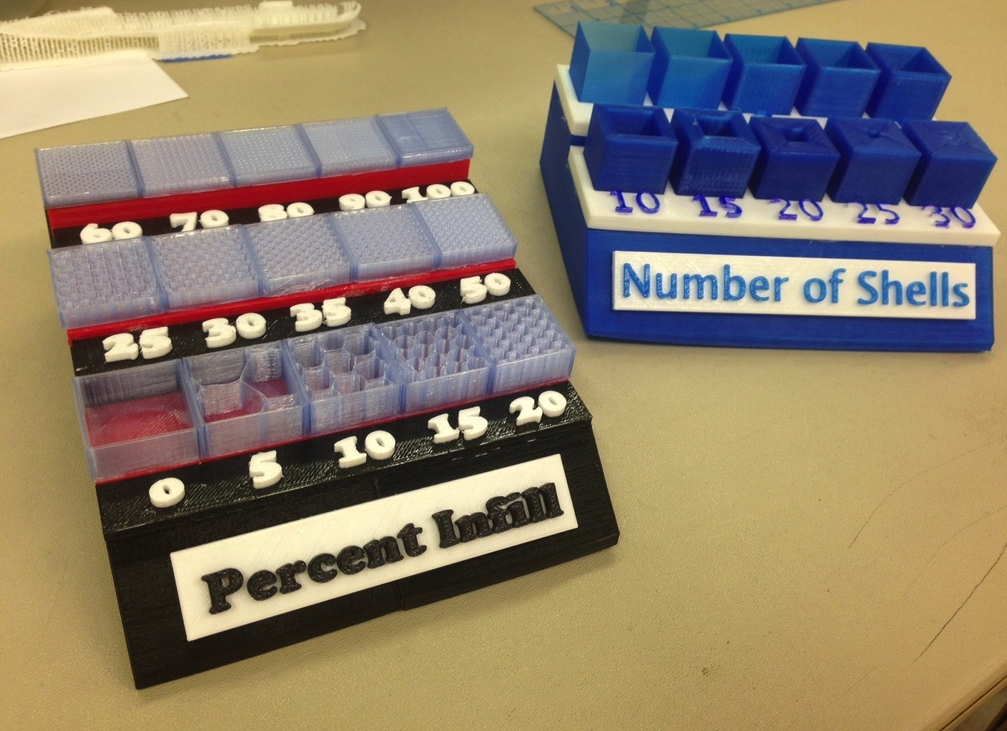 Amputation of the leg could create new problems and it was decided to try to replace the patella with an implant.
Amputation of the leg could create new problems and it was decided to try to replace the patella with an implant.
The miniature implant was 3D printed from a cobalt-chromium alloy using DMLS (Direct Laser Sintering) technology. It was impossible to manufacture by any other means, because the implant must not only be miniature and durable, but also completely repeat the complex relief for high-quality integration into the bone. nine0003
Holly horse
Holly is a ten year old mare who suffered from laminitis.
Laminitis is a disease of artiodactyls resulting from poor circulation of the hoof plates. Due to laminitis, Holly experienced severe pain in her legs, not only when walking, but also when standing.
Veterinarian Luke Wells-Smith heard of successful attempts to make custom titanium horseshoes for racing horses.
nine0003
3D printed titanium horseshoes
The guys from the Australian National Science Center were imbued with Holly's misfortune and decided to help.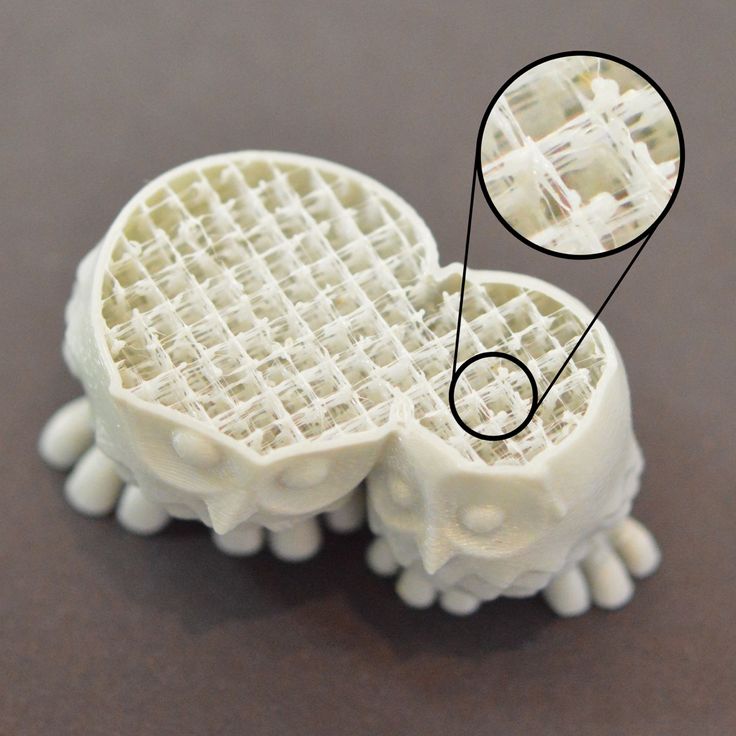 In collaboration with a equine orthopedist, special horseshoes were created for Holly. They made it possible to lighten the hoof and more evenly distribute the load on the legs.
In collaboration with a equine orthopedist, special horseshoes were created for Holly. They made it possible to lighten the hoof and more evenly distribute the load on the legs.
Holly's hoof scan
The new shoes helped Holly start not only walking without pain, but also running. nine0003
Akut sea turtle
The collision with the propeller of the boat was unfortunate for the Akut-3 sea turtle. Most of the upper and lower jaws were missing. This meant almost guaranteed slow death for the tortoise, but she was lucky.
The Tortoise Research and Rehabilitation Research and Rehabilitation Center, where the turtle ended up, turned to the Turkish company Btech, which specializes in medical 3D printing. Btech was able to scan and fabricate the missing part of the Akut jaw from titanium. nine0003
3D model of the prosthesis for Akut on the left and the finished prosthesis on the right
The surgeons succeeded in implanting the turtle's titanium jaw, and after a successful rehabilitation, it can be released into the wild.
Turtle with prosthesis
Cleopatra tortoise
Nicola Novelli picked up and left a small land tortoise. But due to malnutrition, the shell of the turtle, Nicola called her Cleopatra, was deformed (had the shape of a pyramid) and thinned. If the shell had cracked, then Cleopatra could have died from an infection. nine0003
Cleopatra's deformed, pyramidal shell
Nicola approached Colorado Tech University with a request to make a prosthesis for Cleopatra. Specialists from the university and a 3D printing company in Denver scanned and made a shell overlay from polylactide, a biodegradable, biocompatible polymer. Due to the complex relief of the shell, the model had to be printed in parts. nine0003
Cleopatra with escutcheon
Since Cleopatra is still a teenager and will continue to grow with age, the “prosthesis” will have to be changed periodically.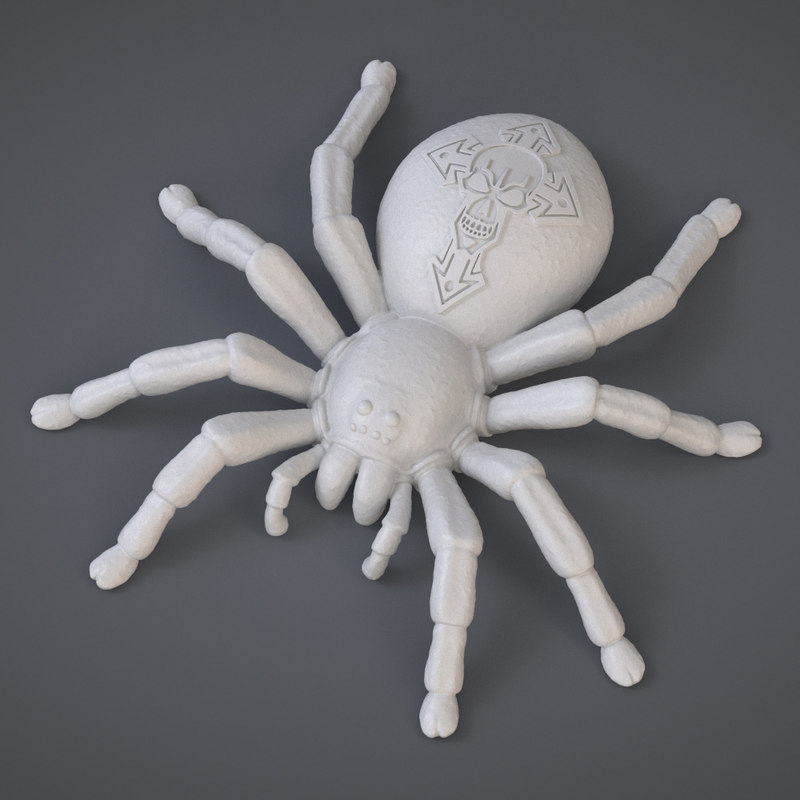
Hermit crab houses
In the wild, it's bad to be small and weak. But hermit crabs were able to adapt and use empty shells of gastropod mollusks as a reliable shelter.
Hermit crabs
Due to the pollution of the beaches, many hermit crabs, in search of a new "house", fell into deadly traps from plastic bags, bottles, canisters and died. And natural shelters are becoming less and less. Hermit crabs have to use plastic garbage, which is not at all suitable for this.
Hermit crabs use rubbish as a home
Some enthusiasts are trying to help the unfortunate crustaceans and are trying to make them a worthy replacement house.
For example, MakerBot employees created the project "Shelter", where they offer anyone who wants to design a 3D model of a shelter for a hermit crab. The best works will be 3D printed and tested by crayfish.
From concept to implementation of 3D printed crayfish houses
But the Japanese artist Aki Yamomata, inspired by the idea of a peaceful exchange of land between countries, implemented a project of printed transparent houses for hermit crabs in the form of small towns.
Cancer in a new home made with photopolymer printer
To make sure the new inhabitants liked the houses, they were based on tomographic images of shells, finalized in a 3D editor. Finished models are made of transparent resin on a photopolymer printer. nine0003
Conservation and support of ecosystems
In addition to prosthetics, 3D printing helps, although not to avoid some environmental disasters, but at least to slow them down. And this can give scientists more time to figure out the reasons and reach out to people.
Great Barrier Reef
It is the largest and oldest coral reef in the world. It is so huge that it can be seen from space (the area of the Great Barrier Reef is about 344,400 square kilometers). In addition, corals are home to many species of fish and other marine life. nine0003
Great Barrier Reef from space
But despite its gigantic size, it is endangered.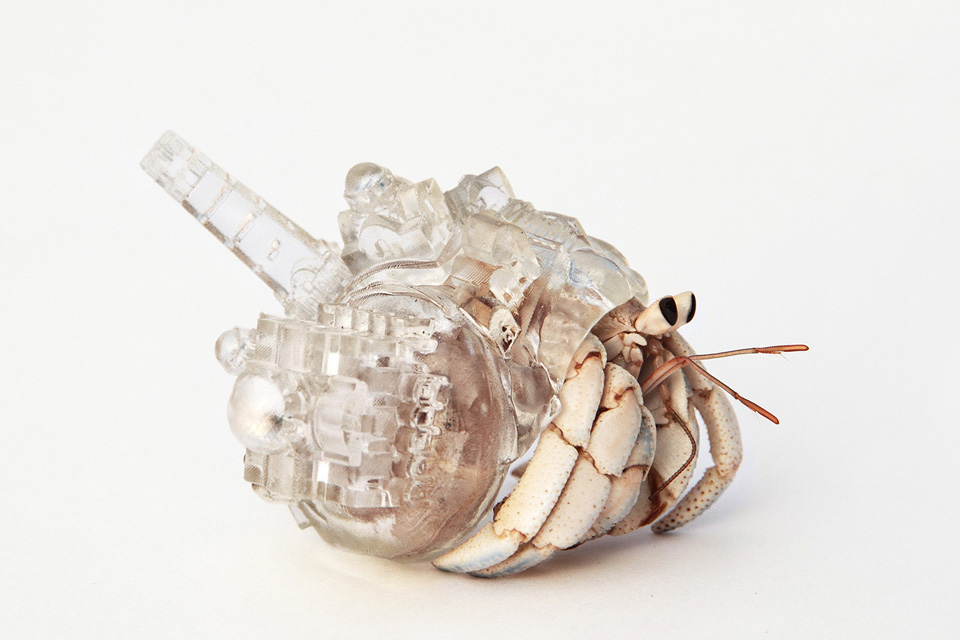 Due to rising water temperatures, pollution of the world's oceans and climate change, the endosymbiotic algae that give corals their bright color are slowly dying out.
Due to rising water temperatures, pollution of the world's oceans and climate change, the endosymbiotic algae that give corals their bright color are slowly dying out.
Scientists from the University of Sydney are using 3D scanning and 3D printing to save the Great Barrier Reef. Using 3D scanning, a detailed map of the reef was built. With it, you can track and predict the most vulnerable places. nine0003
Using a 3D printer, scientists are making a variety of structures that can support the Great Barrier Reef. For example, sections are printed that serve as a home for algae-eating fish that kill corals. Previously, special blocks or prepared, sunken ships were used for this purpose, but 3D printing makes it possible to imitate the natural structure of the reef much more accurately.
Sandcrete mix artificial reef
Restoring dead ecosystems
Scientists plan to use this technology not only to maintain existing ecosystems, but also to restore those that have disappeared. After all, to date, about a third of the world's coral reefs have been destroyed.
After all, to date, about a third of the world's coral reefs have been destroyed.
Thanks to 3D printing, there is a chance to at least slightly improve the situation. Using the new Modular Artificial Reef Structures (MARS for short) technology, scientists are trying to introduce 3D printed structures that can become a home for reefs. nine0003
Artificial “reef” on the left - recently installed, on the right - after some time
The advantage of such block structures is the ease of installation. Indeed, for their immersion and installation, cranes or other equipment are not required. Several divers can deliver them to the bottom in separate blocks. Each block has hollow sections that are filled with rebar and special concrete for durability. nine0003
Modular system installed
One of the largest 3D printed "coral reefs" has already been placed in the Maldives.
Waste reduction
In addition to restoring ecosystems, it is necessary to reduce household waste emissions.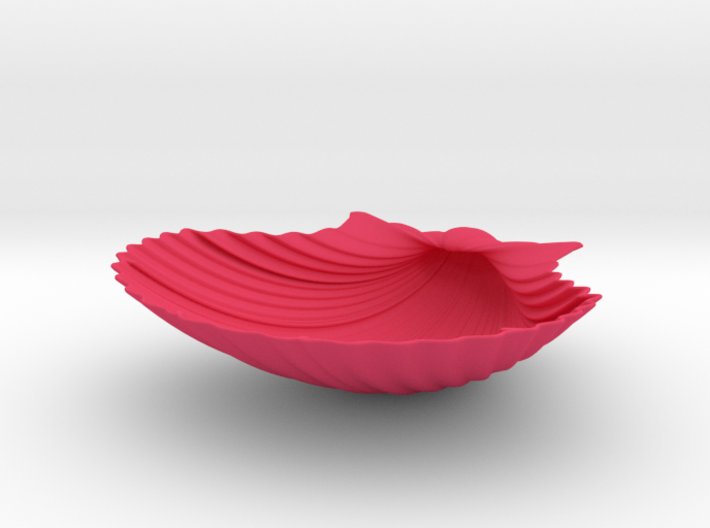 And here 3D printing becomes a valuable assistant.
And here 3D printing becomes a valuable assistant.
Cora Ball
Cora Ball is a development of the Rozalia Project. The Cora Ball is a small plastic ball that picks up the microfibers that spill from our clothes during the wash. This way, dirt and fibers that may have entered waterways and oceans will remain in the bin. After all, these microparticles can be eaten by fish and other animals. nine0003
Prototype Cora Ball
Although mass production was planned to be done by molding, the first batches and prototypes of Cora Ball were made on a 3D printer.
The second life of broken things
Any mechanism wears out and fails over time. Often, to restore the working capacity of the mechanism, it is enough to make a small plastic part. So thanks to 3D printing, many things do not end up in a landfill, further polluting our planet, but get a second life. nine0003
RU machine
Radio-controlled cars have long become not only children's toys. Many adults do not mind remembering their childhood and racing on an impromptu track.
Many adults do not mind remembering their childhood and racing on an impromptu track.
RU machine
The weak point of all RC machines is the plastic suspension. For expensive replica models, you can almost always find spare parts, but for rare or Chinese models, they are not.
Instead of throwing away an almost working toy, you can make a broken element on a 3D printer. When modeling, you can even increase the strength of the part by adding stiffeners in weak places. nine0003
Rear hub of 1/18 scale car
Some enthusiasts 3D print the entire chassis. This makes it easy to replace broken elements and quickly refine and correct design flaws.
3D printed RC car chassis
The second life of the meat grinder
Even such seemingly eternal things as a metal meat grinder can break. The most annoying thing is that a part that does not have a strong load has broken.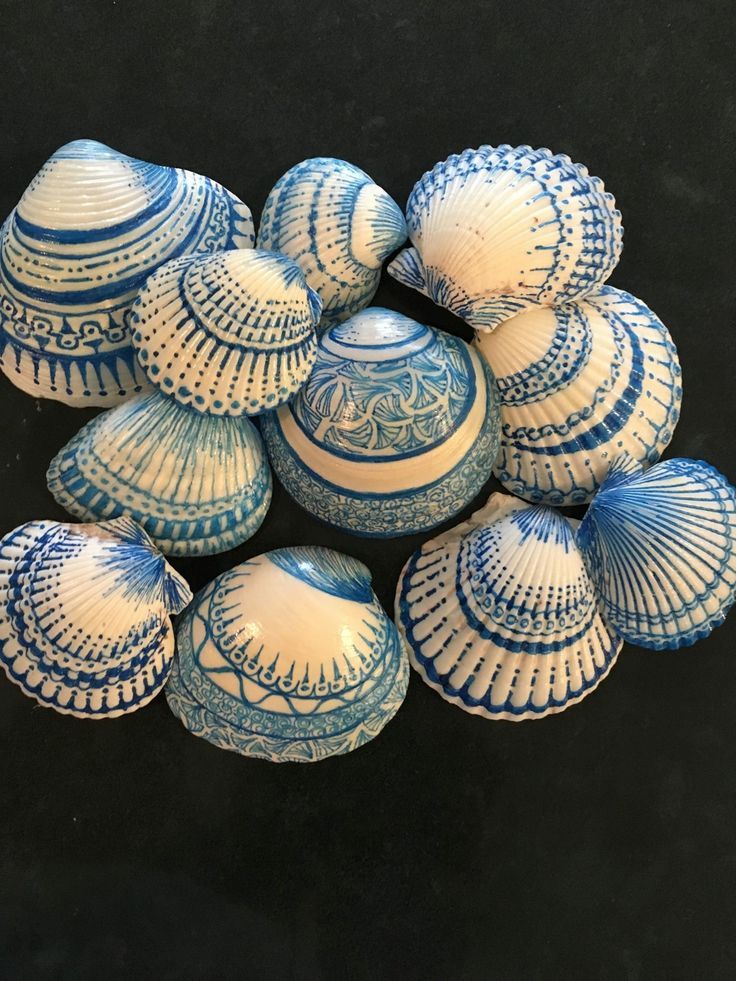 nine0003
nine0003
Clamping nut for a meat grinder, made on a 3D printer
A variety of materials allows you to print on a 3D printer a replacement for almost any plastic part. It can be a gear for a blender, a plastic handle for a washing machine and much more.
In some situations, when the model is rare and old, there are no even original used spare parts. 3D printing allows you to give your favorite home appliance many more years of life, instead of rotting in a landfill. nine0003
Vehicle seal
Sometimes a small, cheap piece breaks in an important node. But the manufacturer sells the necessary spare part only in the collection. Because of this, you have to not only overpay for the necessary part, but also throw away the unnecessary, albeit almost working, mechanism.
Washer nozzle for Toyota Avensis - 3D printed on the left, original on the right
A 3D printer becomes a “lifesaver” if you need to make a spare part that is already difficult or impossible to get.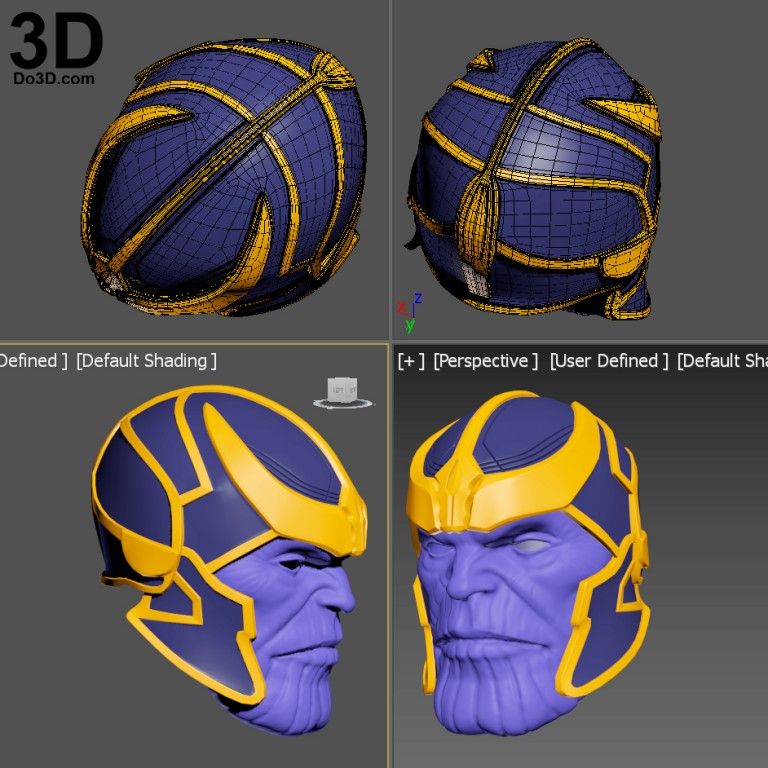 For example, this part is no longer produced, but the BU option could not be found, or delivery will cost more than the part itself. nine0003
For example, this part is no longer produced, but the BU option could not be found, or delivery will cost more than the part itself. nine0003
Green energy
The transition to green energy is an important step in reducing emissions of greenhouse (and not only) gases into the atmosphere.
Wind power
Wind energy is a renewable and “clean” energy source. Despite some disadvantages (variability of wind power and therefore uneven power generation), it is promising for some countries. For example, in Denmark, in 2019, windmills generated 48% of the electricity consumed. nine0003
There are several options for wind turbines - with a vertical and horizontal axis of rotation.
Main types of wind turbines
Vertical-axial wind turbines have a lower efficiency compared to horizontal-axial ones, but their use requires that the wind speed be more than 6 m/s. In Russia, the average annual wind speed does not exceed 5 m/s, so wind turbines with a vertical axis are more often used. nine0003
nine0003
Home wind generator
In Russia, "clean" energy sources are not very popular because of their high price. 3D printing helps enthusiasts design and build low-cost models of wind turbines.
3D printed home wind turbine
In an apartment building, there is hardly a place where a wind generator will be effective, but for example, in a country house, it can be a good helper in case of a power outage. nine0003
Wind turbine production optimization
An industrial wind generator is a complex mechanism of gigantic size.
Industrial wind turbine blade
Using only 3D modeling techniques, it can be difficult to correctly calculate all parameters. Thanks to 3D printers, it is possible to create a miniature copy of a wind turbine and test it in a wind tunnel. This helps to optimize and refine the design of wind generators, making them more efficient. nine0003
Prototype wind turbine being tested in wind tunnel
And some companies offer to print towers for wind turbines on a 3D printer.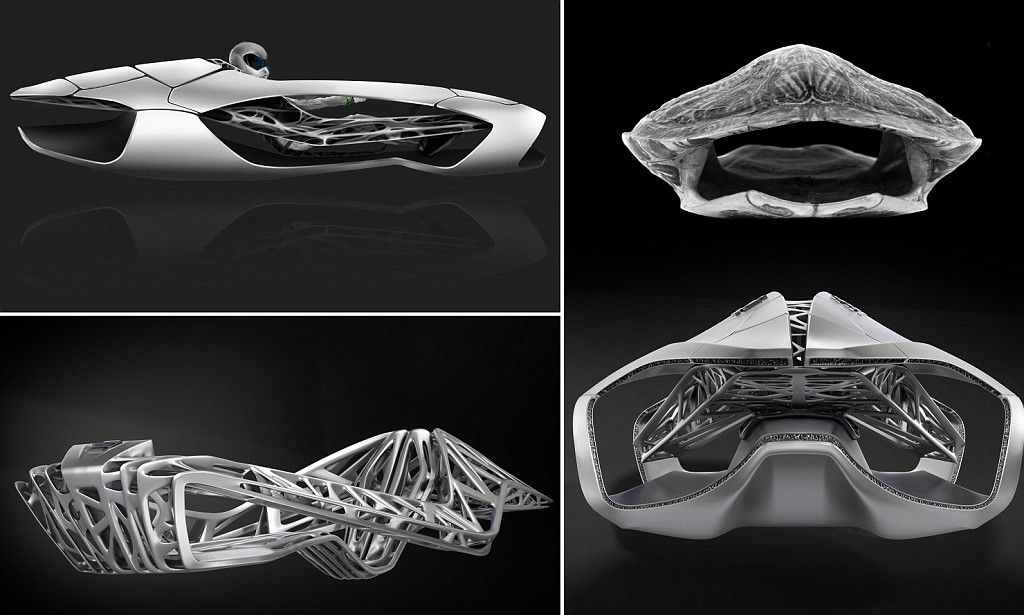 GE Renewable Energy, 3D printing specialists COBOD and LafargeHolcim (a manufacturer of cement and other building materials) have teamed up to develop the world's tallest wind turbine towers. This will reduce the cost of installing wind turbines and make them higher (200 meters instead of 100) than from other materials. nine0003
GE Renewable Energy, 3D printing specialists COBOD and LafargeHolcim (a manufacturer of cement and other building materials) have teamed up to develop the world's tallest wind turbine towers. This will reduce the cost of installing wind turbines and make them higher (200 meters instead of 100) than from other materials. nine0003
3D printed wind turbine tower
After all, the higher the wind generator, the more electricity it can generate in a year. For example, a 5 MW turbine at a height of 80 meters will generate approximately 15.1 GWh per year. The same turbine at a height of 160 meters - 20.2 GWh per year, which is 30% more.
Solar energy
Solar energy is obtained using special panels, consisting of photovoltaic cells, in which a series of physical and chemical processes take place under the influence of sunlight. There are several types of solar cells - monocrystalline, polycrystalline, amorphous (flexible, film). nine0003
In Russia, solar batteries are not very common due to the unprofitability of their use in high latitudes.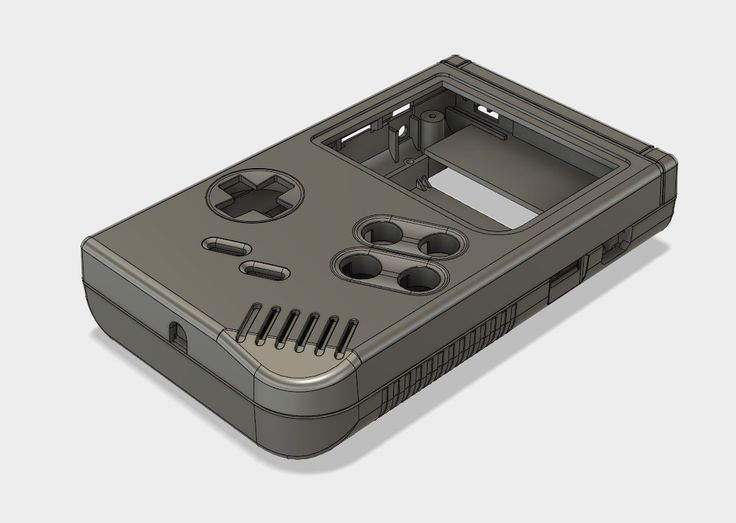
Currently, developments are underway for the production of panels on a 3D printer, but the main use of 3D printing in solar energy is to print prototypes and accessories for panels.
Accessories for solar panels
South Dakota-based Peppermint Energy created FORTY2. FORTY2 is a portable solar panel with enough power to run a laptop, lighting, etc. nine0003
For the production of a prototype case, 3D printing was used on an industrial Stratasys printer. Thanks to 3D printing, it was possible to quickly produce several functional prototypes of the case and remove all the flaws.
For example, the first version of FORTY was too bulky and inconvenient to transport. The original design was greatly simplified. The use of a 3D printer has reduced production costs by about $250,000. nine0003
Hydropower
Most renewable energy sources (solar, wind) are fickle. Electricity obtained in this way must be “stabilized” - stored in batteries.
Water in this regard is more predictable. Industrial hydroelectric power plants have a number of disadvantages. For example, flood risk, desertification, human migration, etc. Small hydro-generators, in general, are devoid of the shortcomings of their industrial counterparts and do not have such a devastating effect on the environment. nine0003
Vortex turbine
The Belgian startup team Turbulent is trying to create a compact hydroelectric generator that is enough to provide electricity to 1-2 private houses. This will help people who are far from the power grid to provide their homes with electricity using the energy of streams or small rivers.
Hydro generator prototype from Turbulent
To make the turbine more accessible and cheaper, 3D printing has been chosen as a manufacturing method. According to statistics, 1.3 billion people do not have access to electricity networks, even more residents have constant power outages and are forced to use other, not environmentally friendly, energy sources (for example, gasoline / diesel generators).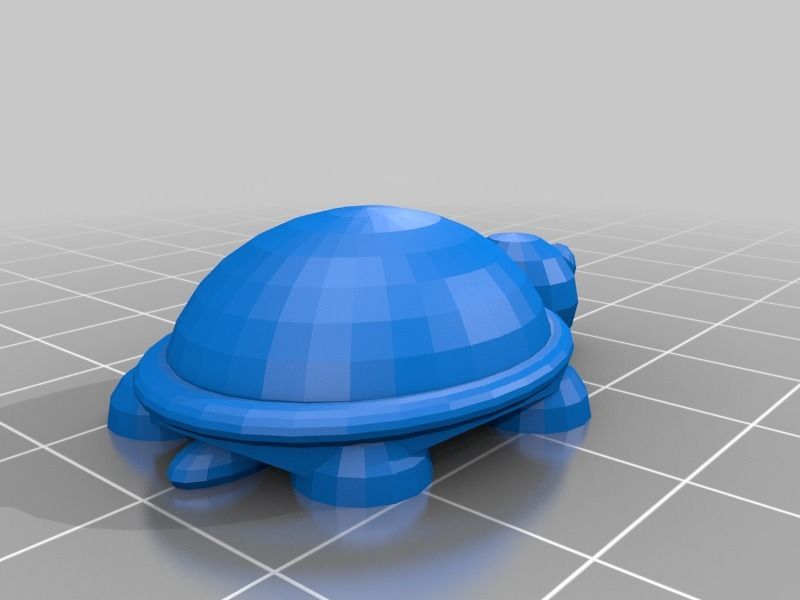 nine0003
nine0003
River turbine
Ted Christopher spent several years developing a prototype river turbine capable of generating electricity without impacting the environment. The result of his developments was the Volturn system, named after the god of the river in Greek mythology.
The Volturn has a horizontal design that generates power and deflects river debris such as rocks, plants or logs.
The prototype was 3D printed and tested in local rivers. 5 turbines combined into a single system will be able to provide electricity to about 40 houses. nine0003
Plastic recycling
Plastic. Its properties, for the modern world, become both a salvation and a curse for the environment. On the one hand, plastic products are light and durable, you do not need to spend a lot of time on their manufacture. At the same time, not all types of plastic can be recycled. On average, a plastic product can decompose from 400 to 700 years, and unfortunately plastic rots not only in landfills, but also pollutes nature and the oceans.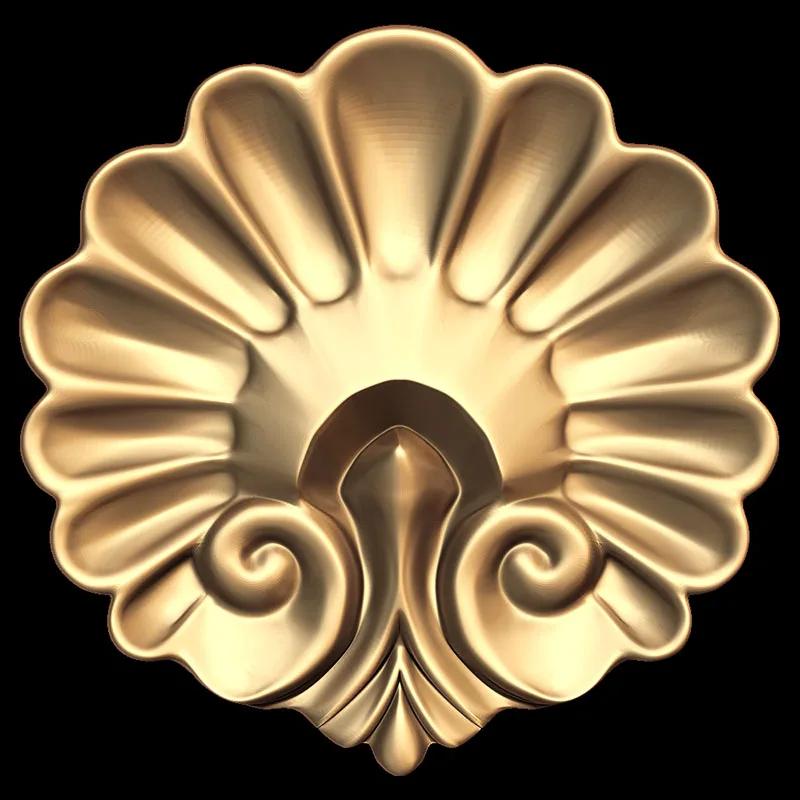 nine0003
nine0003
Filament recycling
During 3D printing, plastic debris is inevitably left behind. These can be model supports or broken products, during the printing of which something went wrong.
3D printing failed
But used plastic can be shredded, mixed with fresh pellets, and reused (as long as the plastic is not biodegradable). In this case, 3D printing becomes almost waste-free. nine0003
On the Internet, you can find many options for home machines for the production of plastic thread. It can be a self-assembly machine, partially printed on a 3D printer.
Home self-assembly filament machine
Or a finished machine made at the factory. Pellets for plastic production can be easily ordered online.
nine0017
Home filament machine
Plastic bottle filament
In addition to recycling used filament, enthusiasts have learned to print even from plastic bottles.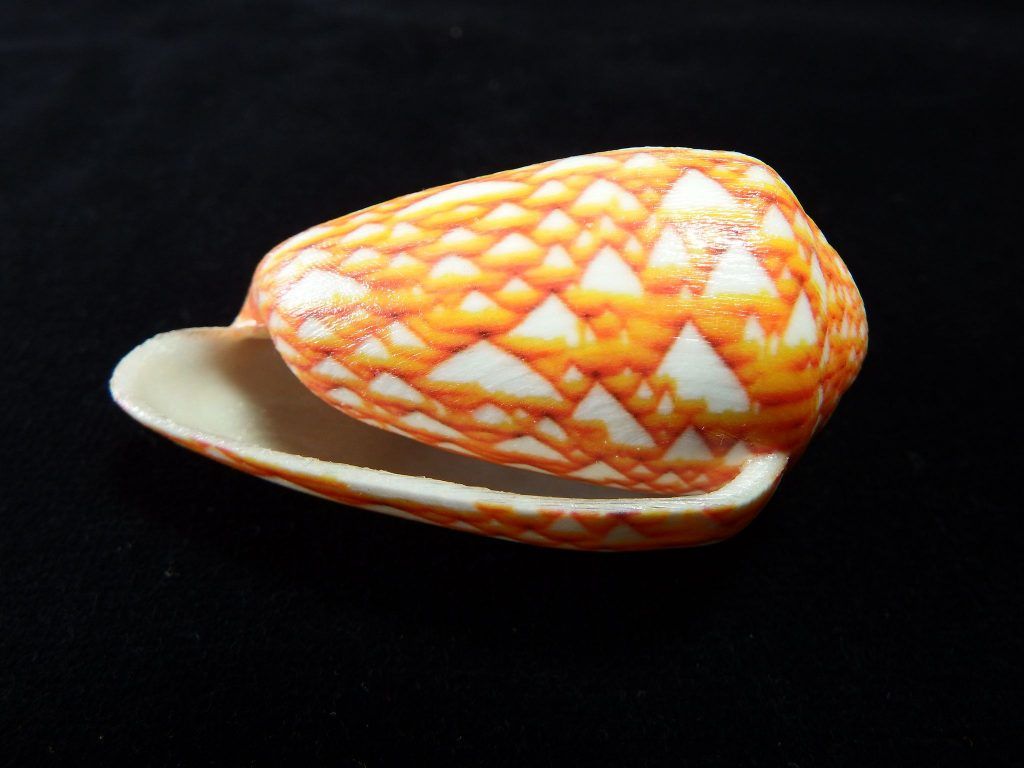
Homemade machine for making plastic thread from plastic bottles
Every day, around 100 million plastic bottles are used and thrown away around the world, and only 20% of them are recycled or reused. A plastic bottle can take up to 450 years to decompose! The use of plastic bottles as a material for a 3D printer will give them a new life in the form of useful things for the home. nine0003
Bottle printed spool
3D printed bottle gear
From one bottle, from 15 to 30 grams of plastic filament is obtained.
Totals
3D printers still have a long way to go to become truly sustainable, but even now, despite the imperfection of the technology, they can help reduce environmental pollution. nine0003
Already now, thanks to 3D printing, many good deeds are being done - it is possible to improve production technologies, even if only a little, to reduce the amount of emissions into the atmosphere and, of course, to try to restore the fragile natural balance.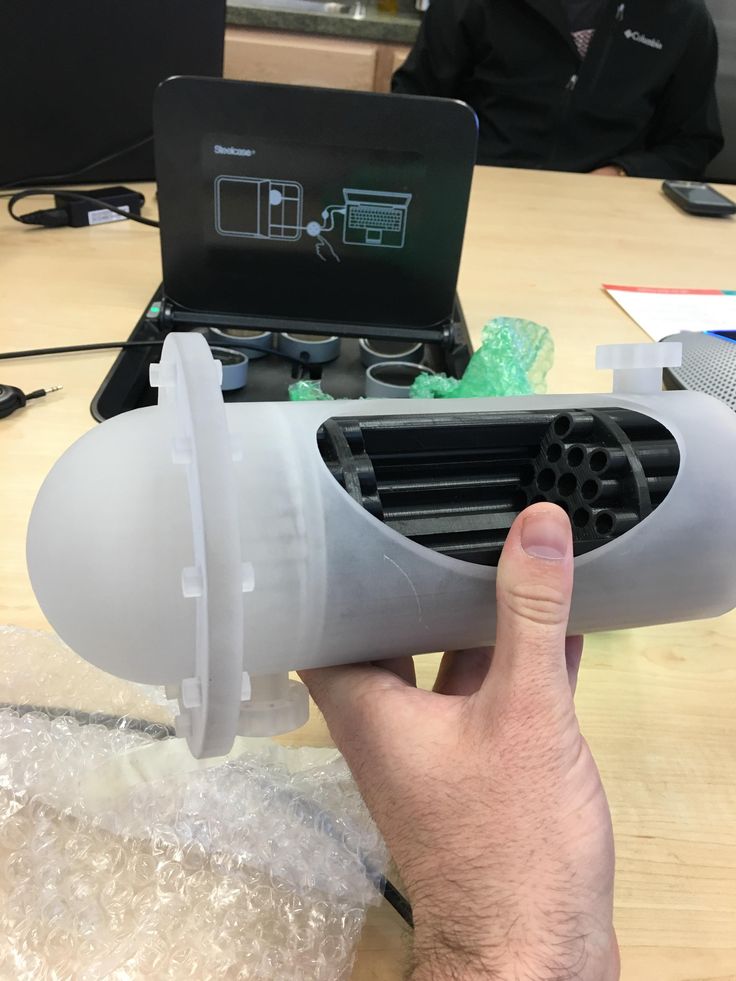
It is important to remember that a 3D printer is just a tool and it depends only on the consciousness of a person whether it will be useful or continue to replenish landfills with unnecessary plastic waste.
Parts for people
nine0002 12/19/22 3.2 affiliate material The medicineHow Scientists Learned to Make Artificial Organs
Daniil Gurbanov
“Doctors are those who prescribe medicines they know little about in order to treat diseases they know even less about in people they know nothing about at all” . These words belong to Voltaire. The classic of the French Enlightenment had a low opinion of the possibilities of medicine, but over 300 years it has changed a lot. We defeated polio, learned how to edit the genome, and also how to grow organs and create artificial limbs. True, not all. Together with the scientific and educational platform Homo Science, we tell how spare parts for a person are created and why regenerative medicine is not (yet) omnipotent. nine0003
We defeated polio, learned how to edit the genome, and also how to grow organs and create artificial limbs. True, not all. Together with the scientific and educational platform Homo Science, we tell how spare parts for a person are created and why regenerative medicine is not (yet) omnipotent. nine0003
Teeth
"Whoever knocks out a free man's tooth will have to pay a fine of three hundred shillings, and a slave one hundred and fifty." This is a quote from the Twelve Tables, the code of laws of Ancient Rome. In ancient times, bamboo pins, metal and shells were used to replace missing teeth. If a person had money, he could afford an ivory prosthesis or even precious stones. How strong such teeth actually were is another question.
In modern times, doctors continued to experiment with materials. For the manufacture of prostheses, silver capsules, corrugated porcelain and iridium tubes were used. True, these experiments were not successful: after the procedures, people suffered from severe inflammation, which led to the rejection of prostheses.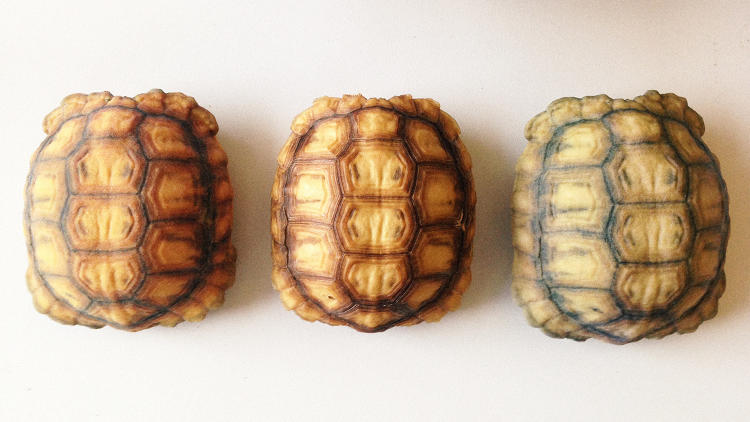 The innovative idea of the surgeon John Hunter, who offered patients the teeth of the dead as a replacement for natural teeth, stands apart. Hunter did not know the need for raw materials, since his acquaintances hunted by plundering graves. nine0003
The innovative idea of the surgeon John Hunter, who offered patients the teeth of the dead as a replacement for natural teeth, stands apart. Hunter did not know the need for raw materials, since his acquaintances hunted by plundering graves. nine0003
The world owes modern implants to the rabbit. In 1952, Swedish physician Per-Ingvar Brånemark studied bone regeneration in rabbits. He placed an optical device in a titanium camera, which he attached to the limb of the animal, wanting to trace the restoration of blood flow in the femur. When it came time to finish the experiment, Brånemark was very surprised, because the apparatus could not be removed. It turned out that the titanium had adhered to the bone. The doctor called this process osseointegration.
It has long been believed that the body rejects foreign materials, but Brånemark proved that this is not the case. At 19In the year 65, he installed a root-shaped implant for the patient, the screws of which were made of titanium.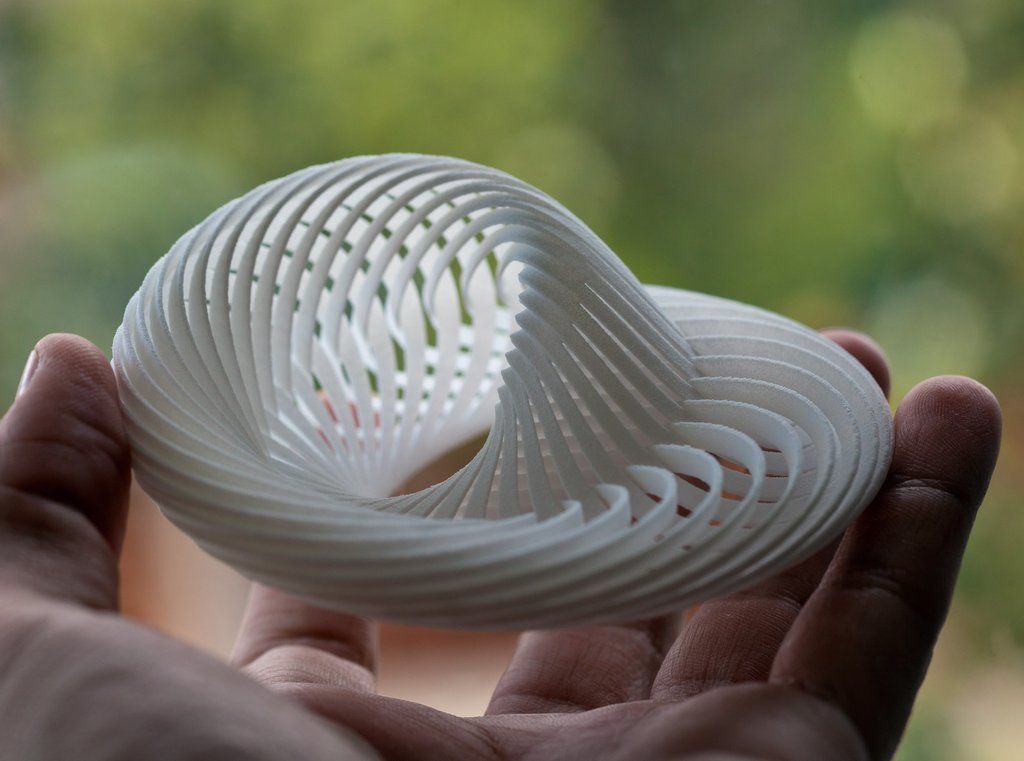 The artificial tooth took root, and 13 years later Brånemark shared his achievement with the scientific community.
The artificial tooth took root, and 13 years later Brånemark shared his achievement with the scientific community.
However, the history of dental implantation did not end there. Today, doctors modify the surface of the prosthesis to improve healing. To do this, they use oxidized titanium, ceramics and the latest achievement in materials science - composites. And so that the external appearance of the implant does not differ from the teeth, it is additionally treated with fluorine or acid. nine0003
Bladder
Luke Massel was unlucky: he was born with spina bifida. Doctors predicted that the boy would not be able to walk. By the age of ten, Luke had undergone a dozen surgeries, and then, due to problems with the bladder, his kidneys failed. The boy was threatened to undergo dialysis, artificial blood purification until the end of his life, and one could forget about a normal life. However, Dr. Anthony Atala, director of the Wake Forest Institute for Regenerative Medicine, did not allow this to happen - Luke's problematic organ was replaced with a new one, which was printed on a bioprinter. nine0003
nine0003
Tissue from the small intestine is usually used to repair the bladder. The surgeon makes an ileal sac from a 15-20 cm piece of intestine where urine will be collected. The ureter is then attached to the intestine. One end is sutured, and the other is brought to the wall of the abdominal cavity - a hole is made there through which urine is excreted. The process cannot be controlled, and the patient is forced to wear special bags. One of the consequences of such a procedure is osteoporosis. The bladder, made from the intestine, is unable to get rid of calcium and other substances. As a result, they are absorbed by the body. nine0003
But Anthony Atala made an unusual decision. First, he took a small piece of healthy bladder tissue—less than half a postage stamp—and divided it into muscle cells and bladder cells. The scientist stimulated cell division, and then set to work with the skeleton of the organ: he covered the inside with bladder cells taken from the patient, and the outside with muscle cells.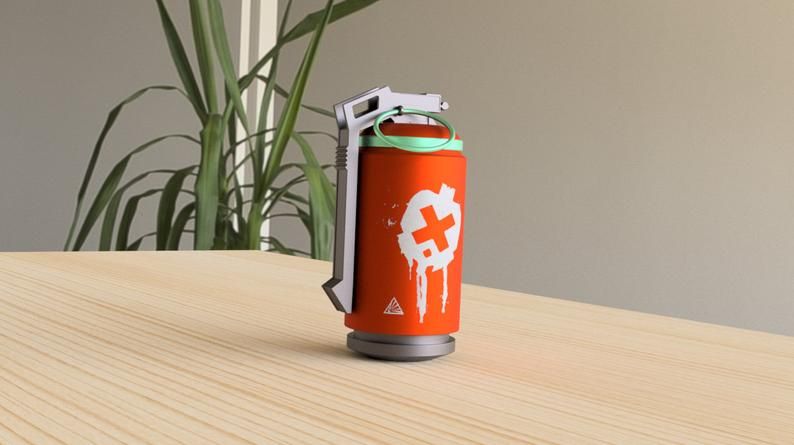 The structure then went into a furnace-like device, where it remained at body temperature for approximately six weeks. After that, the organ could finally be implanted into the patient. nine0003
The structure then went into a furnace-like device, where it remained at body temperature for approximately six weeks. After that, the organ could finally be implanted into the patient. nine0003
Luke Mussel was one of seven children with spina bifida for whom such a bladder was made. Dr. Atala published study data in 2006: in three patients, the organ worked better and leaked less than one made from intestinal tissue. Later, another patient of Dr. Atala, Caitlin M., told CNN reporters: “I am happy. I was always afraid that an accident or something else would happen to me. And now I can just walk and go with my friends and generally go wherever I want.” nine0003
Limbs
During the Greco-Persian wars, the soothsayer Hegesistratus of Elis was captured by the Spartans and put in chains. He was threatened with death, but the oracle was in no hurry to say goodbye to life. As is known from the words of Herodotus, the captive managed to get a weapon, cut off his leg and left the dungeon.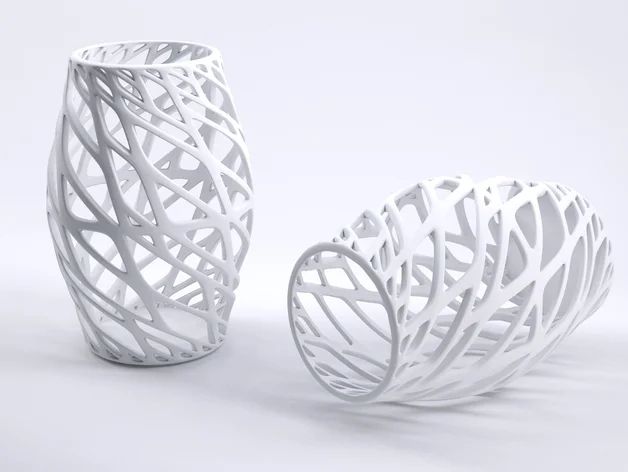 Later, he replaced the missing limb with a piece of wood - it can hardly be called a full-fledged prosthesis.
Later, he replaced the missing limb with a piece of wood - it can hardly be called a full-fledged prosthesis.
One of the oldest prostheses in the usual sense belonged to Tabaketenmut, the daughter of an Egyptian priest. Probably, the girl suffered from diabetes and lost her big toe due to ischemic gangrene. The stump healed, and the carver made a replacement for it from two pieces of wood and, presumably, leather. “It is believed that the thumb accounts for about 40 percent of body weight and is responsible for moving forward,” says Jacqueline Finch, an associate at the Center for Biomedical Egyptology at the University of Manchester. Probably, the prosthesis served for Tabaketenmut, and today it is an exhibit in the museum of Cairo. nine0003
A new round in the development of limb prosthetics came only in the 16th century. And it is connected with the name of the royal surgeon Ambroise Pare, who is called one of the fathers of modern medicine. He started his career in the war, where he tried to rescue wounded soldiers.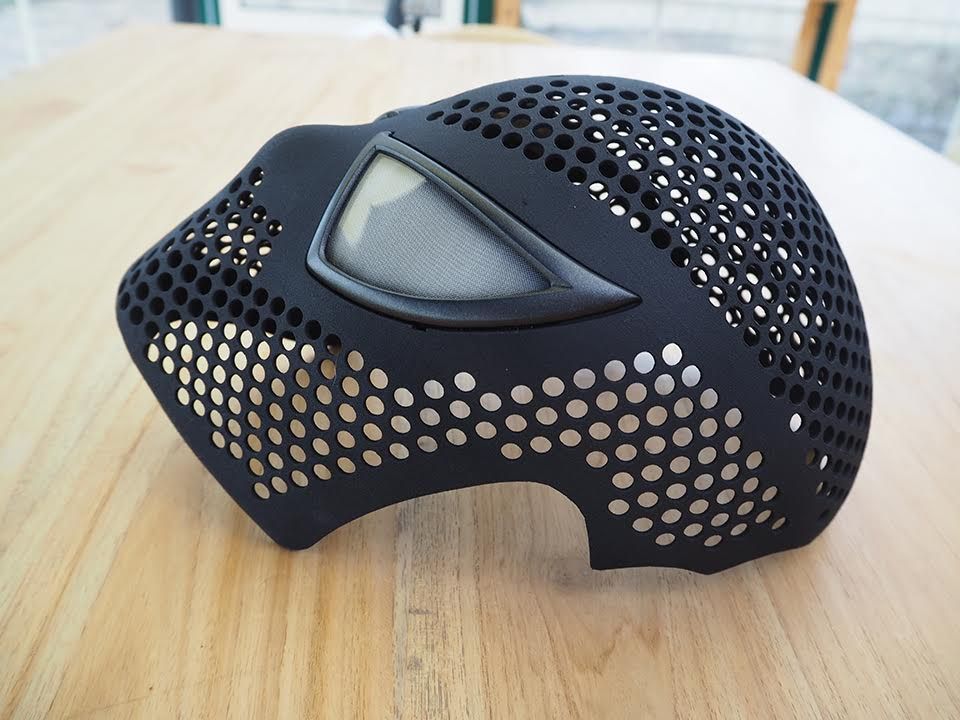 Over time, Pare noticed that soldiers would rather die than live without limbs. Then he came up with the idea to make something completely new for that time - functional prostheses.
Over time, Pare noticed that soldiers would rather die than live without limbs. Then he came up with the idea to make something completely new for that time - functional prostheses.
“There are five duties of surgery,” said Ambroise. “Remove what is superfluous, restore what was displaced, divide what has grown together, reunite what was divided, and correct the defects of nature.” Paré began designing robotic prostheses. He added a mechanized knee to the artificial leg - now the prosthesis can be fixed in a standing position or bent. For the captain of the French army, the surgeon developed "le Petit Lorrain" - a mechanical hand, in which latches and springs imitated joints. nine0003
In the 20th century, due to wars, the demand for prostheses increased significantly. At the same time, people lost limbs not only at the front. For example, during the years of World War II, 17,000 American soldiers lost their arms, legs and other body parts, and another 100,000 workers lost them as a result of accidents.
The need for artificial body parts has spurred innovation. In 1946, at the University of California at Berkeley, scientists developed suction cups for lower limb prostheses that simplified their attachment. And at 19In 75, engineer Isidro Martinez modified the prosthesis by changing the balance of weight and reducing the friction of the material. Achievements of the 20th century are still used today, as they provide the convenience and functionality of artificial limbs.
The current trend is cyber prostheses. In 2015, engineers at the Applied Physics Laboratory at Johns Hopkins University developed artificial arms for Les Bow, who lost them to an electric shock as a teenager. The new limbs consist of 26 "joints" and can be controlled by the power of thought. And Swiss scientists are currently working on prostheses that allow you to feel touch. nine0003
Skin
In 1981, an important discovery occurred within the walls of Massachusetts General Hospital: doctors used synthetic skin made from silicone rubber, shark cartilage, and cowhide to help patients with burns.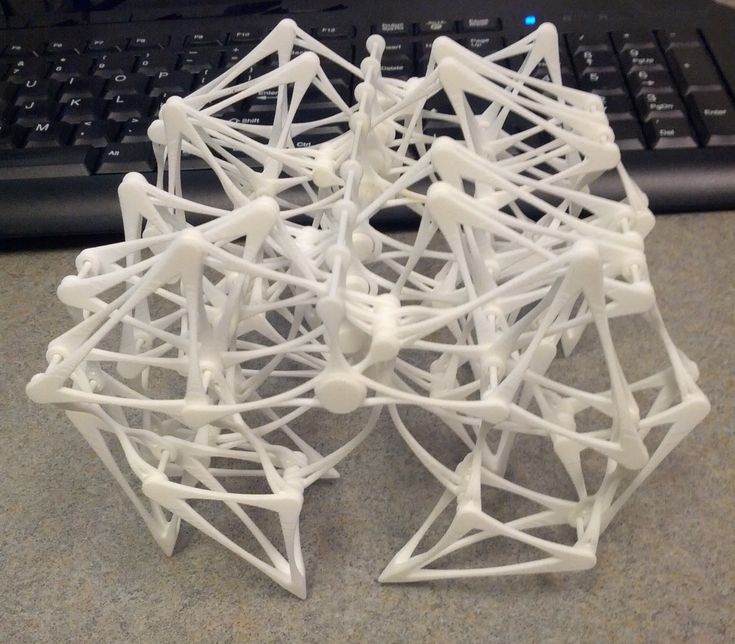 The experiment was successful and laid the foundation for research on artificial skin. Why is this event important?
The experiment was successful and laid the foundation for research on artificial skin. Why is this event important?
The fact is that the skin is a natural barrier that protects the body from bacteria and infections. Burn victims lose this protection and become more susceptible to pathogens. Therefore, for example, infections are a common cause of death for people affected by fire. Previously, in order to protect patients, burn sites were covered with temporary coverings, but they did not differ in practicality. When doctors learned how to transplant organic tissue, they were faced with the fact that the skin did not take root. And until now, in order to avoid rejection, the patient must drink drugs that suppress the immune system, which means that they make a person extremely vulnerable to infections. nine0003
Since the 1970s, Dr. John Burke, along with chemist Ioannis Yannas, have been looking for a way to solve this problem. The subject of Yannas' scientific research was collagen, a natural protein found in the tendons of animals.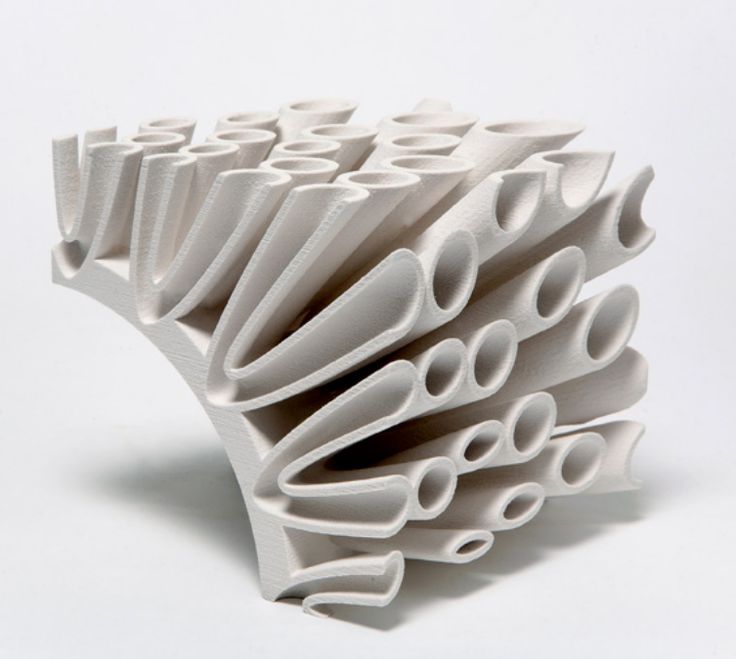 Scientists combined cowhide and shark cartilage into a porous membrane. It imitated the epidermal layer and served as a scaffold on which new healthy skin cells could grow. But most importantly, the immune system did not reject the artificial tissue, which means that the patients did not require immunosuppressants. April 19For 81 years, Burke spoke about his achievements to journalists, and today the artificial skin he invented is produced under the Integra brand and serves patients with burns, chronic wounds and those in need of plastic surgery.
Scientists combined cowhide and shark cartilage into a porous membrane. It imitated the epidermal layer and served as a scaffold on which new healthy skin cells could grow. But most importantly, the immune system did not reject the artificial tissue, which means that the patients did not require immunosuppressants. April 19For 81 years, Burke spoke about his achievements to journalists, and today the artificial skin he invented is produced under the Integra brand and serves patients with burns, chronic wounds and those in need of plastic surgery.
However, this is not the only way to create artificial skin. For example, Hannah Wendt from the Hannover Medical School in Germany suggests using spider silk for this purpose. According to her, its strength and elasticity are "important factors for easy handling and transfer of many types of implants." In addition, spider silk does not cause immune rejection. But to put the production of such leather on the conveyor, a lot of spider silk is required, and there is nowhere to get it from.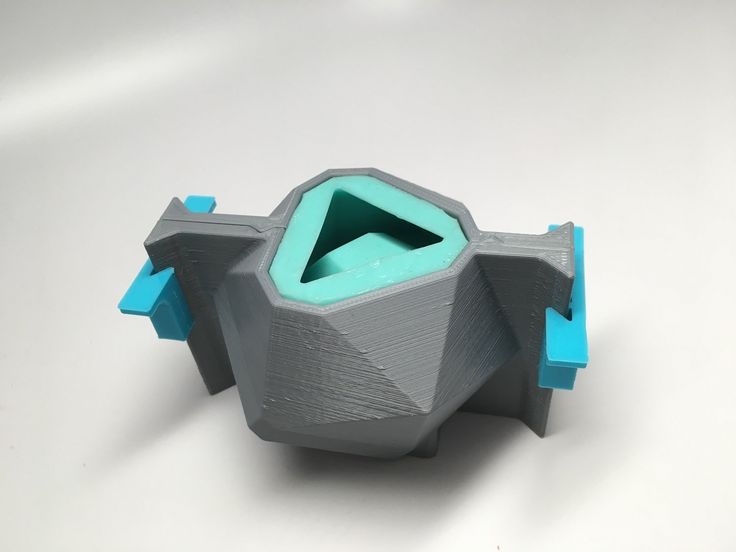 Whether such an opportunity will appear in the future, time will tell. nine0003
Whether such an opportunity will appear in the future, time will tell. nine0003
Heart
Some patients with end-stage heart disease die without a transplant. The number of donors is limited, and the number of transplant candidates, as well as the waiting time in line, is constantly growing. However, scientists have found a way out - an artificial heart that allows you to lead a normal life while a person is waiting for surgery. The world owes its invention to Dr. Willem Johan Kolff.
After the Second World War, the Netherlands, where Willem Kolff lived and worked, gradually recovered from the German occupation, and conditions for research were severely limited. At 19In 1950, Kolff left for the USA. There he developed an artificial blood circulation apparatus, and in 1967, together with a team from the University of Utah, he embarked on a much more ambitious task - the creation of an artificial heart. It took Kolff and a team of 175 doctors, surgeons, engineers and chemists almost 15 years to complete this job.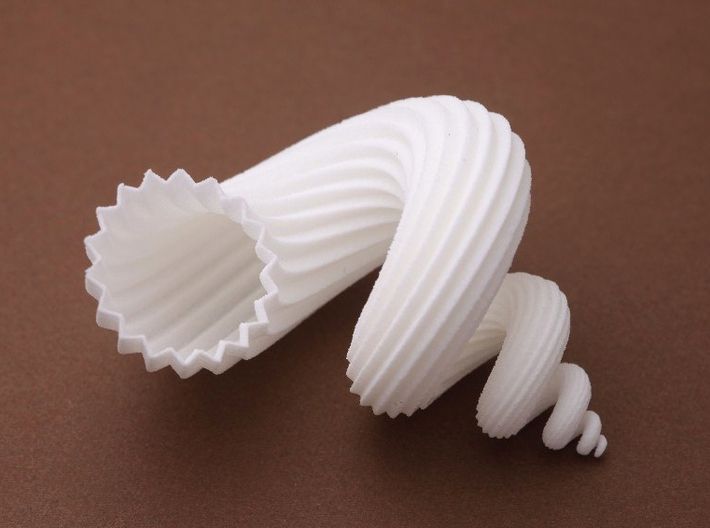
In 1981, Kolff finally received permission for a transplant, and the following year, Barney Clark, a former dentist, became the first owner of a mechanical heart. The man lived with an artificial heart for almost four months. The model of the heart that was implanted in Clark was made by a young doctor, Robert Jarvik. Its feature was a multilayer diaphragm, which determined the success of the device. Today it bears the name of Jarvik, although the credit for creating the artificial heart belongs to Willem Kolff. Over the past decades, the technology developed by him has been improved, and more than one and a half thousand people have undergone implantation. nine0003
How does an artificial heart work? The device is a pump that replaces damaged ventricles and valves. The pump and actuator provide blood flow to the heart, and then pump it around the body, replacing the function of a healthy organ. As a rule, doctors prescribe the replacement of a real heart with an artificial one in case of serious heart failure, and even in cases where transplantation cannot be performed for medical reasons.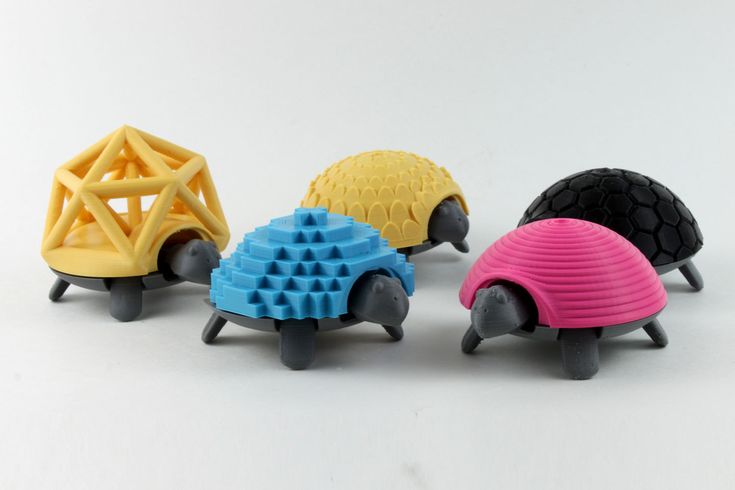
However, even many years after the first operation, implantation still does not go smoothly. Frequent complications, the bulkiness of the device, as well as its fragility and poor biocompatibility are all problems that scientists continue to struggle with until now. And when they are finally resolved, the artificial heart will become a full-fledged therapy tool, and not a temporary solution. nine0003
Liver
18 year old schoolgirl Molly Koch had a lot to do. It was impossible for her to get sick, and therefore, as a preventive measure, the girl took medicine. A couple of days later, her condition worsened. Molly was taken to the hospital, where doctors diagnosed an overdose of painkillers and inflammation of the liver, which by that time was almost non-functional. After a couple of hours, Molly fell into a coma. She needed an urgent liver transplant. The patient was taken by helicopter to the Cedars-Sinai Medical Research Center, but there were no available donor organs.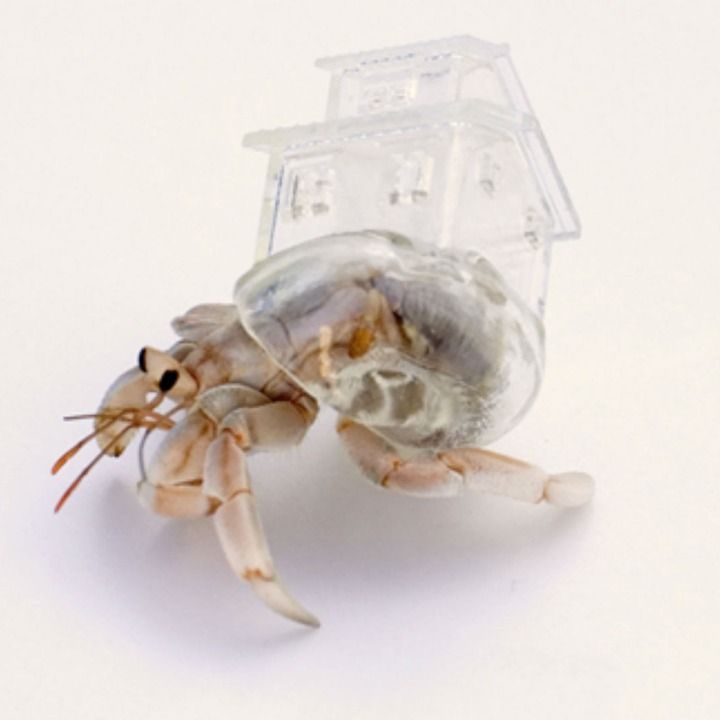 nine0003
nine0003
Then the surgeon Achilles Demetriou intervened. He connected Molly to a bioartificial liver apparatus, an experimental device that provided carbohydrate metabolism and blood detoxification. A catheter was inserted into the patient's thigh, through which blood flowed into the device, and then divided into cells and plasma. Then the plasma passed through carbon filtration and a cartridge containing liver cells - hepatocytes that remove toxins - and returned to the human body.
Molly was connected to an artificial liver for 14 hours until she received a donor organ. However, the transplantation failed: soon a rejection reaction began in the girl's body. Doctors had to find another liver. This time, the operation, which took place a day later, was successful. nine0003
Dr. Kenneth Matsumuro improved the device, for which he received the title of Inventor of the Year from Time in 2001. Matsumuro has developed a device that functions like a modern artificial liver system.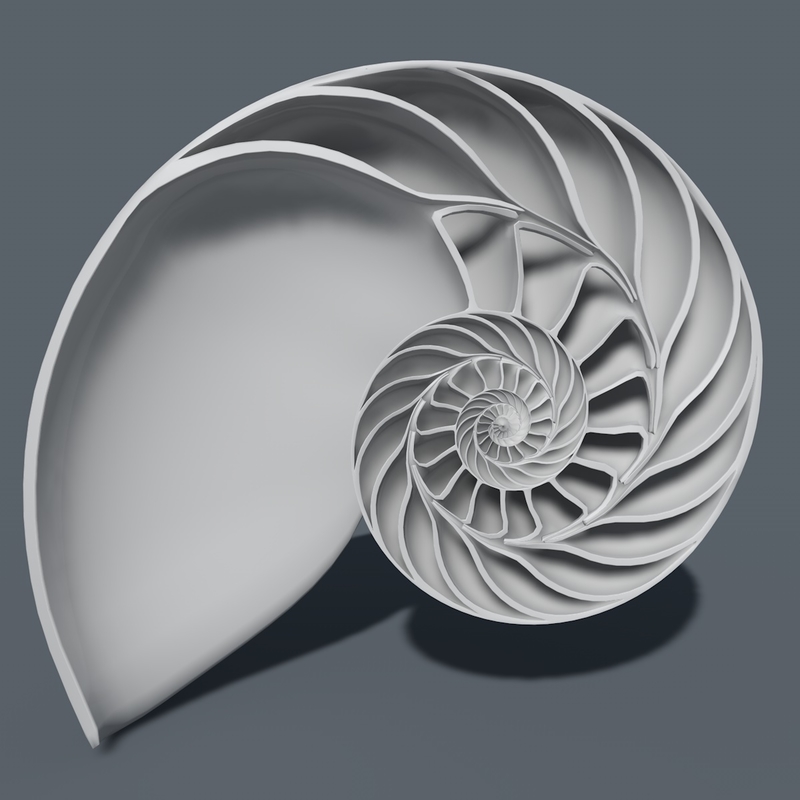 It is based on a chamber consisting of two parts separated by a semi-permeable membrane. One of them contains the patient's blood, and the other contains rabbit cells in a special solution that take toxins from the patient's blood and return proteins and useful substances. Matsumuro's invention is still not a full-fledged organ, but only a system that helps the patient survive until transplantation. nine0003
It is based on a chamber consisting of two parts separated by a semi-permeable membrane. One of them contains the patient's blood, and the other contains rabbit cells in a special solution that take toxins from the patient's blood and return proteins and useful substances. Matsumuro's invention is still not a full-fledged organ, but only a system that helps the patient survive until transplantation. nine0003
However, scientists do not lose hope of creating a full-fledged artificial liver - and bioprinting can be a good help. Scientists at the University of Pennsylvania use sugar to create a template for blood vessel growth.
“You can use a 3D printer to print an arbitrary network of vessels of any form of tissue or any network of blood vessels, and then surround them with cells that you want to create an organ from,” says Professor Martin Burchell in an interview with the BBC. “We were trying to create a liver, so we surrounded it with liver cells, but it could be done with any other tissue. ” nine0003
” nine0003
Such research is another step towards applying bioprinting in transplantology. Until then, however, scientists have many problems to solve. In particular, in order to create complex organs (liver, lung or kidney), it is necessary to accurately reproduce the vascular structure and features of the organ of a particular person, but this is not yet possible for modern science.
Are you interested in the latest scientific achievements in the field of medicine and, in particular, the topic of artificial organs? The science education platform Homo Science talks about this and more by attracting scientists and bloggers who have the right knowledge. nine0003
Advertisement : Private Institution "Center of Communications", TIN 9705152344
Found a typo? Select the fragment and press Ctrl+Enter.
Borrowing from nature
What artificial intelligence can learn from the human brain
Vasily Panyushkin
The human brain is the most complex and efficient computing system, and recreating human intelligence has been one of the greatest goals of mankind at all times.


